Candles
Where to Recycle Candle Jars
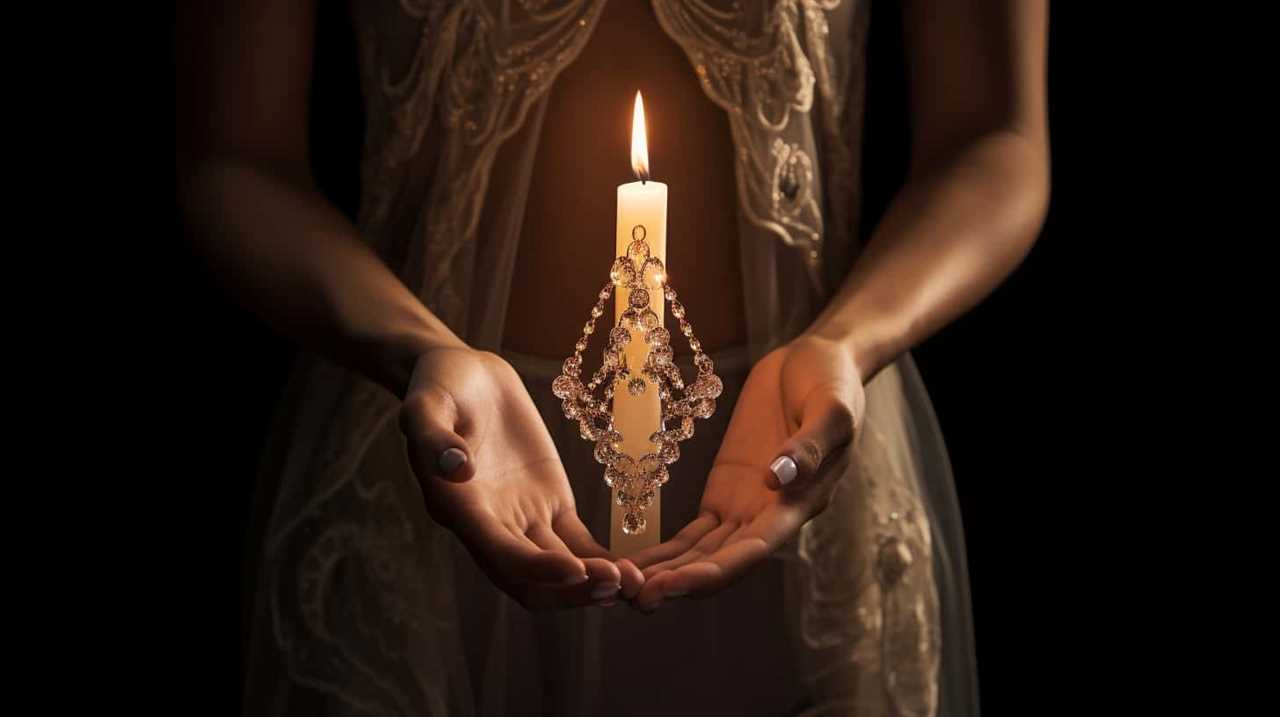
When it comes to recycling candle jars, we are like treasure hunters searching for the perfect resting place for our beloved vessels.
Just like a compass guiding us on a quest, we seek out the most suitable options available.
Fortunately, there are numerous paths we can follow to ensure these jars find new life.
Local recycling centers eagerly await our arrival, ready to accept our glass treasures.
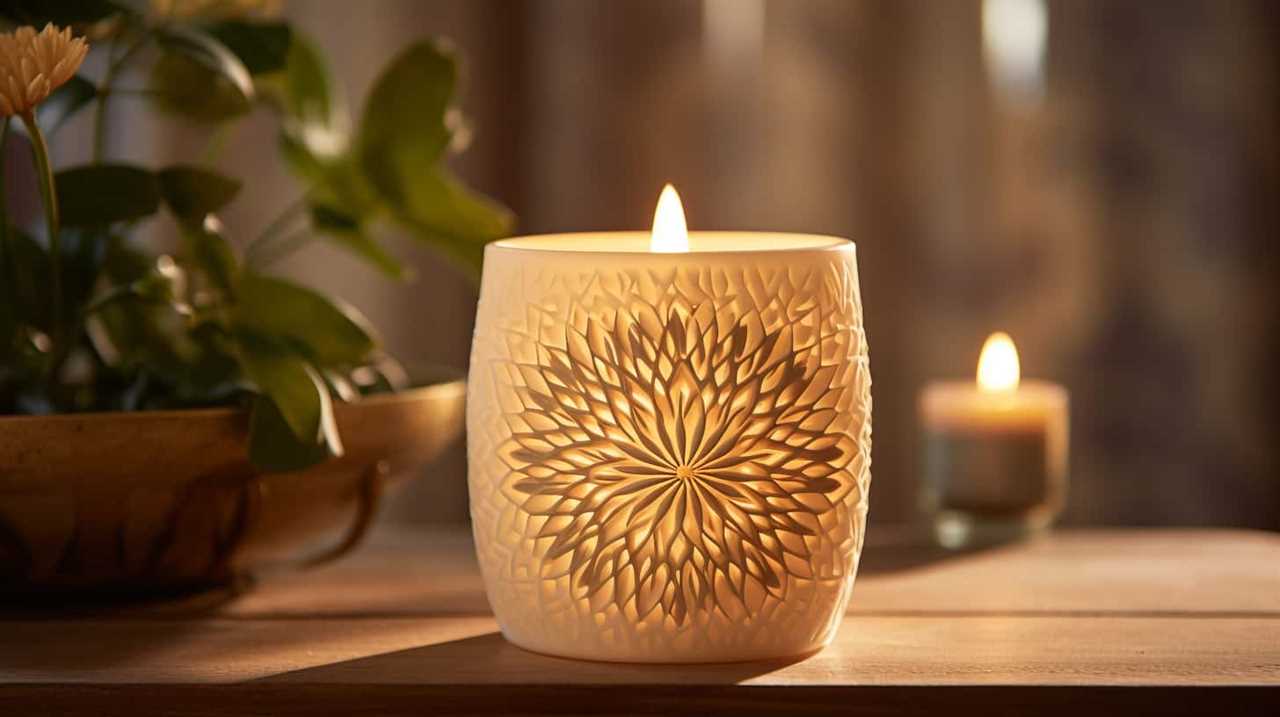
We can also rely on curbside recycling programs, community events, and even candle manufacturers who offer their own recycling initiatives.
Eco-friendly stores and online platforms provide additional avenues for recycling.
And let’s not forget the joy of upcycling and DIY projects, or the satisfaction of donating to charity or thrift stores.
With these options at our disposal, our candle jars can continue to shine brightly in their new roles.
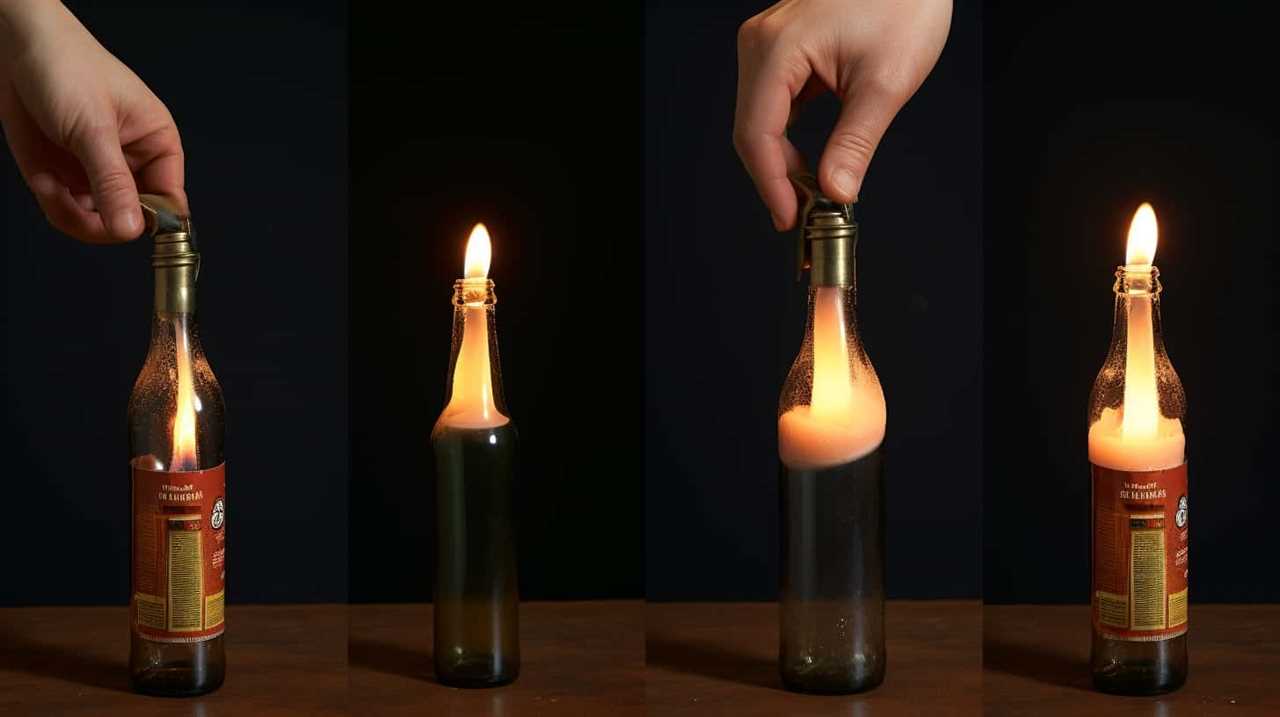
Key Takeaways
- Local recycling centers, curbside recycling programs, community recycling events, and candle manufacturer recycling programs are all options for recycling candle jars.
- Recycling candle jars contributes to reducing waste, conserving resources, increasing awareness of environmental issues, and promoting sustainable practices.
- Sustainable candle disposal involves participating in candle manufacturer recycling programs, using collection points, separating components, and minimizing waste.
- Eco-friendly stores and retailers like Whole Foods Market, The Container Store, and Lush offer convenient drop-off locations for recycling candle jars.
Local Recycling Centers
We can easily recycle our candle jars by taking them to our local recycling centers. Instead of throwing them away, these centers provide a convenient and sustainable solution for disposing of our used candle jars. Recycling centers have specific procedures for accepting glass items like candle jars, ensuring that they’re properly processed and reused.
By recycling our candle jars, we can contribute to reducing waste and conserving resources. Additionally, if you’re looking for alternatives to candle wax or want to get creative with your candle jars, recycling centers often have information on candle wax alternatives and creative candle jar crafts. Recycling centers are an excellent resource for environmentally conscious individuals who want to make a positive impact.
Speaking of recycling, let’s now explore the next section about curbside recycling programs.
Curbside Recycling Programs
Our candle jars can easily be recycled through curbside recycling programs. Here are three steps on how to properly recycle candle jars through curbside recycling:
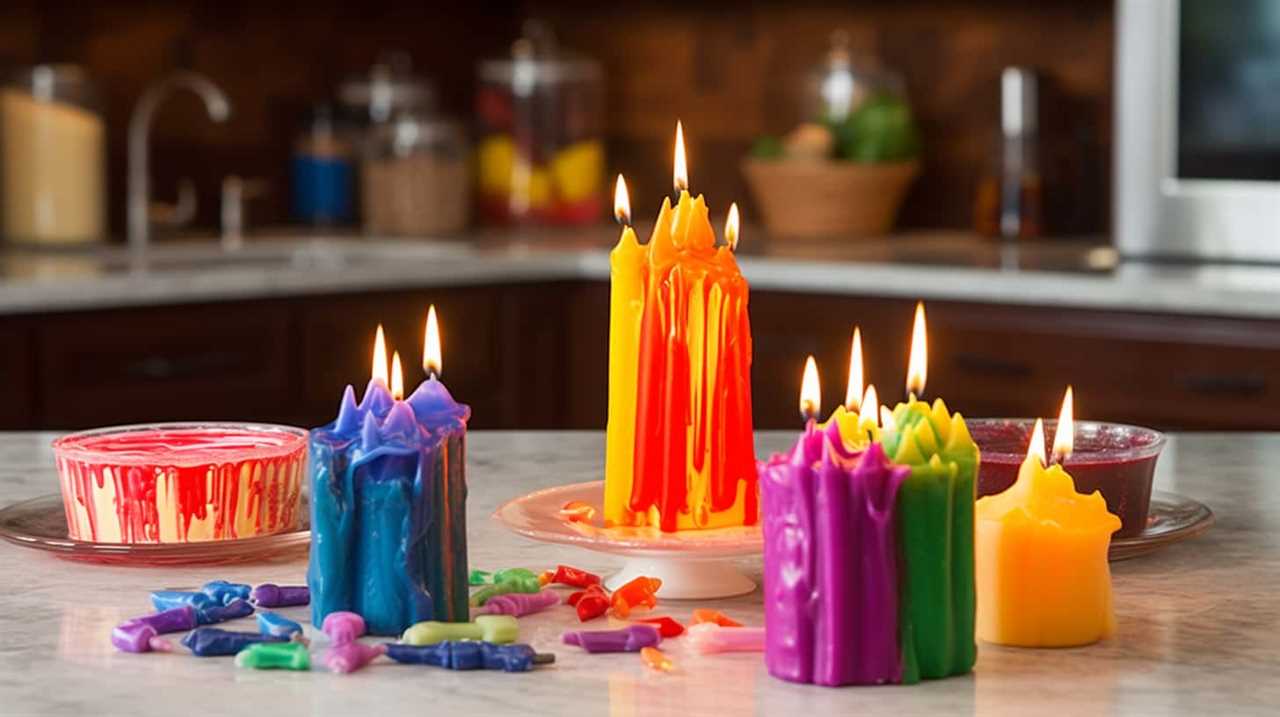
- Check your local recycling guidelines: Different areas have different recycling guidelines, so it’s important to know what can be recycled in your specific location. Look for information on what types of materials are accepted, whether or not the jars need to be cleaned, and if there are any specific instructions for recycling glass.
- Prepare the jars for recycling: Before placing the candle jars in the recycling bins, make sure to remove any remaining wax and labels. Clean the jars thoroughly, ensuring that there are no residual candle remnants or debris.
- Place the jars in the recycling bin: Once the jars are clean and ready, place them in your designated recycling bin. Make sure to follow your local recycling guidelines on how to properly separate glass from other recyclables.
By following these steps, you can easily recycle your candle jars through curbside recycling programs.
Now, let’s explore another option for recycling candle jars: community recycling events.
Community Recycling Events
Community recycling events are a great way to increase local recycling availability and promote community involvement. These events provide convenient opportunities for residents to properly dispose of their candle jars and other recyclable items.
Local Recycling Availability
Local recycling events offer a convenient option for disposing of candle jars responsibly. These local recycling initiatives are organized by communities to encourage eco-friendly practices and reduce waste. Here are three reasons why attending these events can be beneficial:
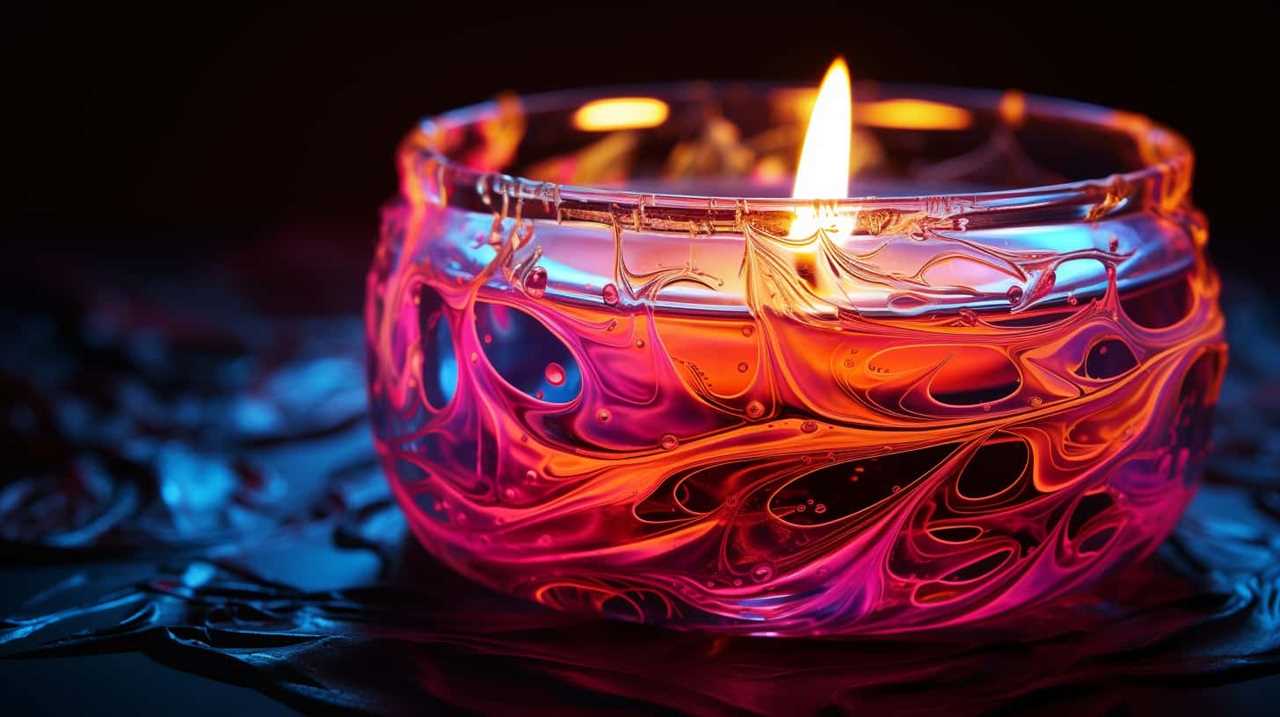
- Accessibility: Local recycling events make it easy for residents to recycle their candle jars without having to travel long distances. These events are often held in central locations, making it convenient for everyone in the community to participate.
- Expert guidance: Recycling events often have knowledgeable staff who can provide guidance on proper recycling procedures and answer any questions you may have. They can help ensure that your candle jars are recycled correctly, maximizing their environmental impact.
- Creative repurposing ideas: Recycling events also provide an opportunity to learn about creative repurposing ideas for candle jars. From using them as storage containers to transforming them into beautiful decorative pieces, these events can inspire you to give your candle jars a new life.
Benefits of Community Involvement
Attending these recycling events can provide us with numerous benefits, fostering community involvement and promoting sustainability. Not only do these events give us the opportunity to contribute to a cleaner environment, but they also offer local volunteer opportunities and help us understand the environmental impact of our actions. By actively participating in community recycling events, we can make a real difference in our neighborhoods and inspire others to do the same.
To further illustrate the benefits of community involvement, let’s take a look at the table below:
| Benefits of Community Involvement |
|---|
| 1. Strengthening community bonds |
| 2. Creating a sense of belonging |
| 3. Increasing awareness of environmental issues |
| 4. Promoting sustainable practices |
| 5. Inspiring others to take action |
Candle Manufacturer Recycling Programs
Now let’s talk about the recycling programs offered by candle manufacturers.
Many candle companies have recognized the importance of sustainable candle disposal and have implemented their own recycling options. These programs allow consumers to easily return their used candle jars to the manufacturer for proper recycling.
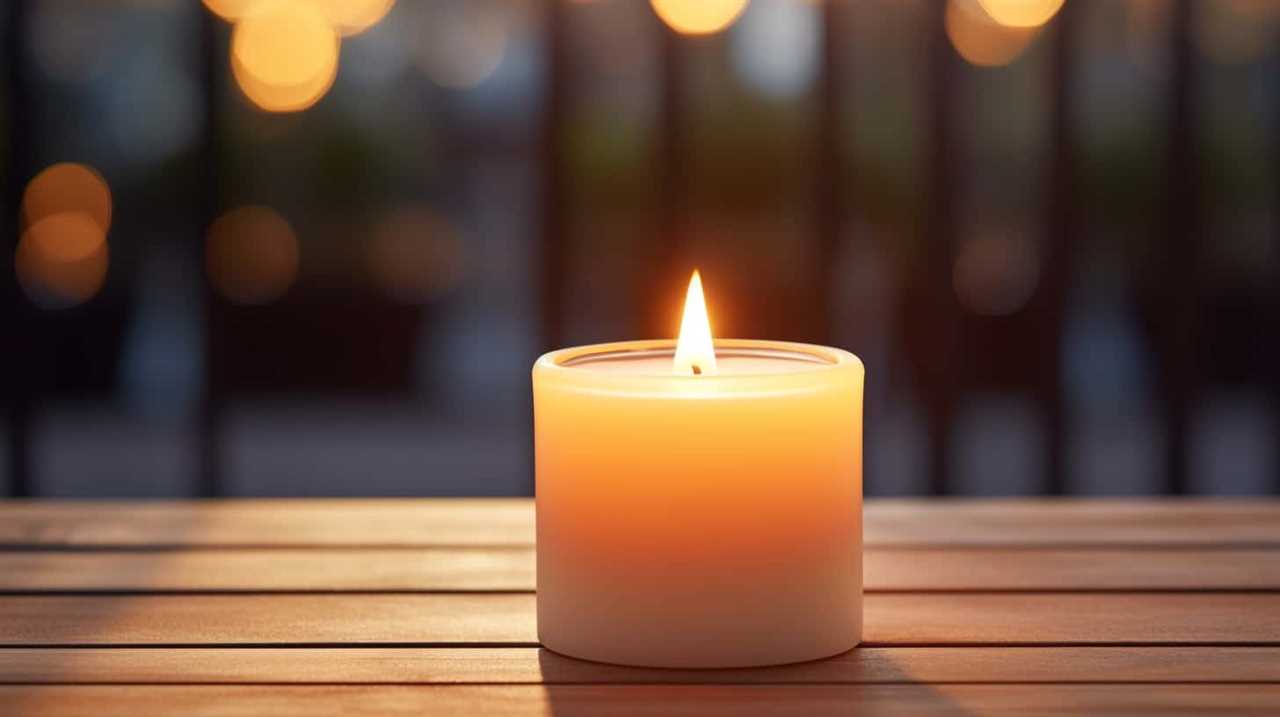
Manufacturer Recycling Options
We offer various manufacturer recycling options for candle jars. As part of our commitment to sustainability, we’ve implemented candle jar recycling initiatives to minimize the environmental impact of candle waste.
Here are three ways we facilitate the recycling of our candle jars:
- Take-back programs: We encourage customers to return their empty candle jars to our stores or authorized retailers. These jars are then collected and recycled through our dedicated recycling centers.
- Mail-in recycling: For customers who are unable to visit our stores, we provide a convenient mail-in recycling program. Simply request a prepaid shipping label, pack the empty candle jars, and drop them off at the nearest post office.
- Collaboration with recycling partners: We’ve partnered with local recycling facilities to ensure that our candle jars are properly recycled. These facilities use advanced recycling techniques to convert the jars into new materials, reducing waste and conserving resources.
By offering these recycling options, we aim to promote sustainable practices and reduce the environmental impact of candle waste.
Now, let’s explore the next section on sustainable candle disposal.

Sustainable Candle Disposal
To ensure sustainable candle disposal, our candle manufacturer recycling programs provide effective solutions for customers. We recognize the importance of reducing candle waste and finding alternatives to traditional candle wax. Our recycling programs are designed to address these concerns and promote environmentally friendly practices.
Through our programs, customers can return their used candles to us for proper recycling and disposal. We’ve established collection points where customers can drop off their candles, ensuring that they’re handled responsibly. Once collected, we separate the candle wax from the jars and other components, allowing the wax to be repurposed or recycled into new candles or other products. This helps to minimize waste and extend the life cycle of our candles.
By participating in our candle manufacturer recycling programs, customers can actively contribute to a more sustainable future and support the circular economy.
Now, let’s explore how eco-friendly stores and retailers can further enhance our efforts.
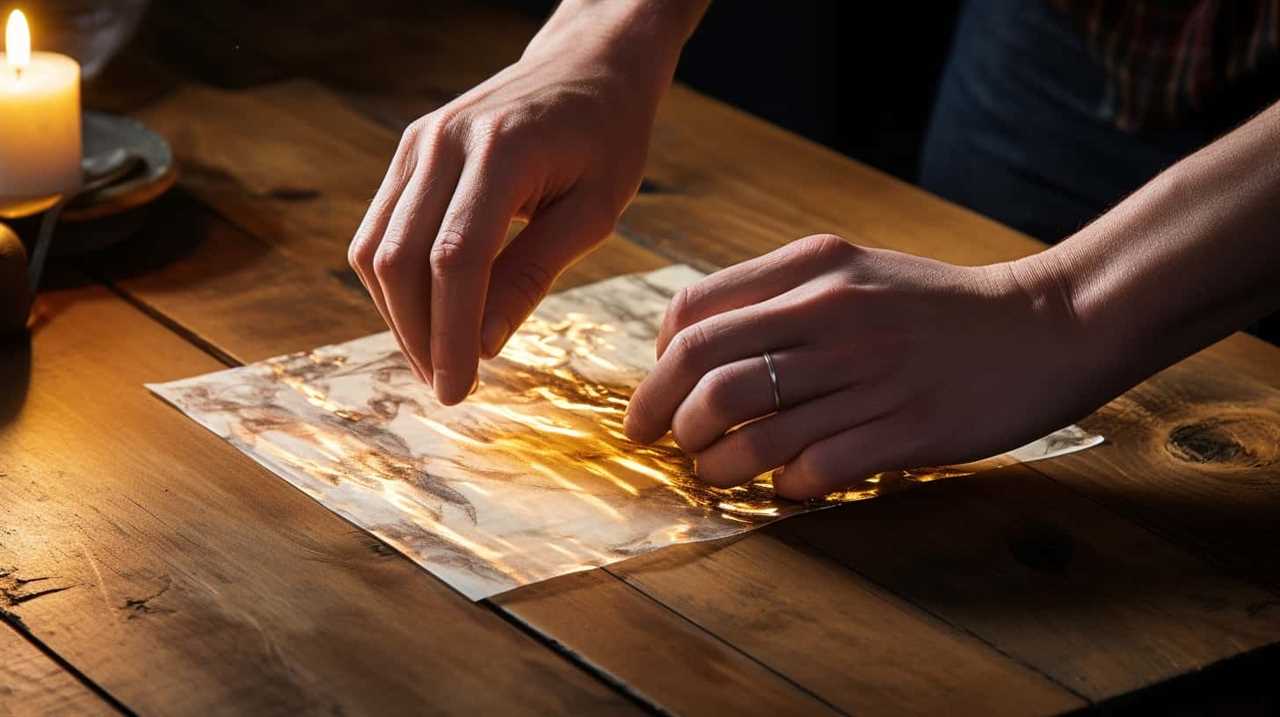
Eco-Friendly Stores and Retailers
In our search for sustainable options, we discovered several eco-friendly stores and retailers that accept candle jars for recycling. These establishments are committed to promoting eco-friendly products and sustainable living practices.
Here are three options where you can recycle your candle jars:
- Whole Foods Market: This well-known grocery store chain not only offers a wide range of eco-friendly products but also provides recycling bins for glass items, including candle jars. Simply drop off your empty jars at the designated recycling area.
- The Container Store: Known for its organizational solutions, The Container Store also encourages sustainable living. They accept glass recycling, including candle jars, at their stores. Look for the recycling bins near the entrance or ask a store associate for assistance.
- Lush: This popular cosmetic retailer not only offers eco-friendly products but also runs a recycling program for their packaging, including glass containers like candle jars. Return your empty jars to any Lush store, and they’ll ensure they’re properly recycled or reused.
Online Recycling Platforms
For those who prefer the convenience of online options, there are various platforms available to recycle candle jars. Online recycling options have become increasingly popular among eco-conscious consumers, as they provide a simple and efficient way to dispose of used jars while minimizing waste.
One such platform is TerraCycle, a company that partners with brands to create recycling programs for hard-to-recycle materials. Through their website, consumers can find a local drop-off location or even join a mail-in recycling program specifically designed for candle jars.
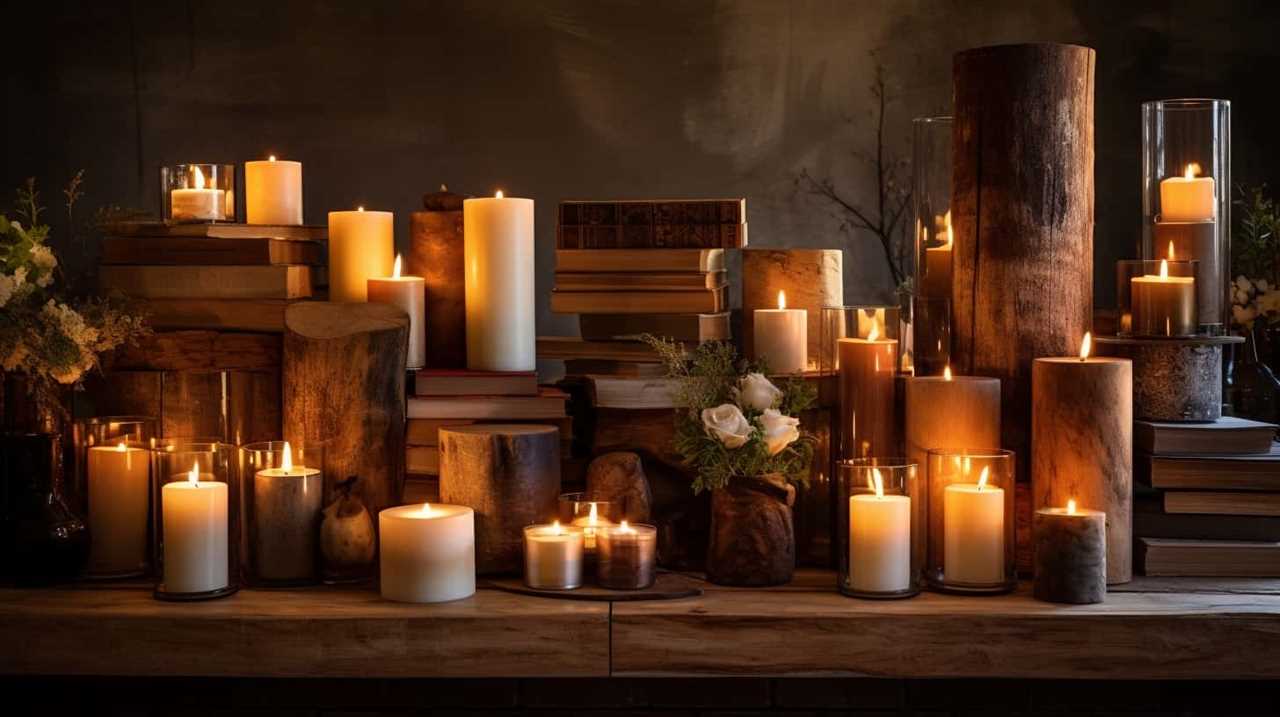
Another online recycling platform is RecycleNation, which offers a comprehensive database of recycling centers across the United States. By entering your location, you can easily find nearby facilities that accept candle jars for recycling.
These online options make it easier than ever to practice eco-conscious consumerism and ensure that your candle jars are being properly recycled.
As we explore the world of recycling candle jars, it’s important to also consider the creative possibilities of upcycling and DIY projects.
Upcycling and DIY Projects
Let’s explore the creative possibilities of upcycling and DIY projects with candle jars. Don’t just throw away those empty candle jars, instead, let’s repurpose them into something beautiful and functional.

Here are three upcycling ideas to get you started:
- Candle Jar Planters: Clean out the candle jar and fill it with soil. Plant small succulents or herbs to create a charming mini garden.
- Candle Jar Storage: Remove the wax residue and use the jar to store small items like buttons, paper clips, or jewelry. You can even organize your makeup brushes or paintbrushes in these jars.
- Candle Jar Lanterns: Transform the jar into a lovely lantern by inserting a tea light or LED candle. Decorate the jar with ribbons, lace, or paint to create a cozy ambiance.
Donating to Charity or Thrift Stores
To continue our exploration of creative possibilities with candle jars, let’s now discuss the option of donating them to charity or thrift stores.
Donating your used candle jars is a great way to give back to the community while also decluttering your home. Many charity organizations and thrift stores accept donations of various household items, including candle jars. These organizations often sell donated items to raise funds for their cause or provide them to those in need.
You can also consider donating your candle jars specifically to animal shelters, where they can be repurposed as containers for treats or small items.
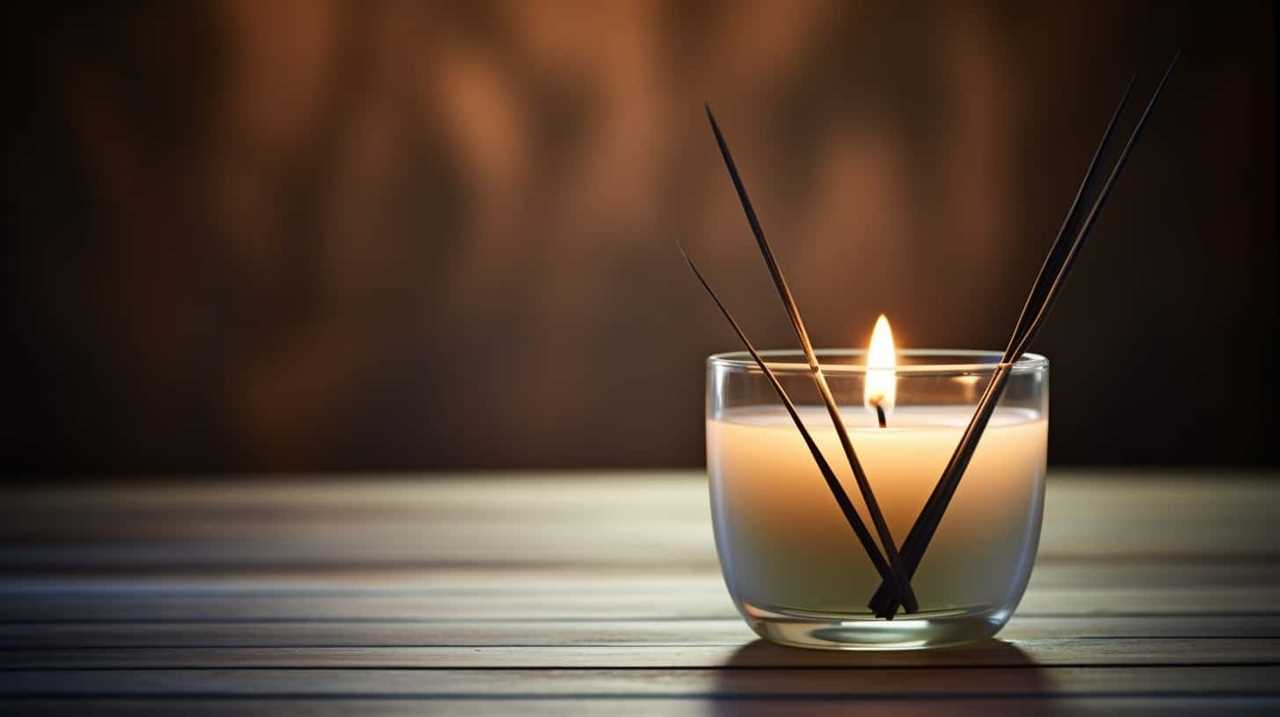
Additionally, if your candle jars are still in good condition, they can be repurposed as stylish and unique home decor items, adding a touch of elegance to any room.
Reusing as Storage Containers
Where can we repurpose our candle jars as storage containers?
There are several creative alternatives for reusing these jars, providing both functionality and aesthetic appeal. Here are three reusing ideas that can transform your candle jars into practical storage solutions:
- Organize your bathroom essentials: Clean out your candle jar and use it to store cotton balls, Q-tips, or small makeup brushes. The transparent glass will make it easy to find what you need, while adding a touch of elegance to your bathroom decor.
- Create a charming desk organizer: Remove any remaining wax and labels from the jar, then fill it with pens, pencils, and other office supplies. The wide opening of the jar allows for easy access to your essentials, while keeping your desk tidy and organized.
- Store small craft supplies: Whether it’s beads, buttons, or ribbons, candle jars can be perfect for storing and organizing your DIY materials. Arrange them by color or type, and you’ll have a visually pleasing and functional storage solution for your crafting projects.
Frequently Asked Questions
Are There Any Specific Guidelines or Restrictions on the Types of Candle Jars That Can Be Recycled?
There are specific guidelines and restrictions on the types of candle jars that can be recycled. Some types, such as those made of certain materials or containing certain chemicals, may not be recyclable.

Can Candle Jars With Leftover Wax or Wicks Be Recycled, or Do They Need to Be Cleaned Out First?
To properly dispose of candle remnants, we recommend cleaning out the jars first before recycling. However, if you’re looking for alternatives to recycling, consider repurposing the jars for storage or creating new candles.
Is It Possible to Recycle Candle Jars With Lids or Other Decorative Elements?
Upcycling ideas for candle jars include using them for storage, as planters, or as decorative elements in your home. Alternatively, you can repurpose them by turning them into DIY projects or donating them to crafters.
Are There Any Additional Fees or Charges Associated With Recycling Candle Jars at Local Recycling Centers or Through Curbside Recycling Programs?
At local recycling centers or through curbside programs, there are no additional fees or charges for recycling candle jars. To learn more about repurposing or finding additional resources, we can provide helpful information.
What Should I Do if There Are No Recycling Options Available in My Area for Candle Jars?
If there are no recycling options for candle jars in your area, there are alternative disposal methods. You can reuse the jars for storage, crafts, or even as planters. Get creative and find new purposes for your candle jars!
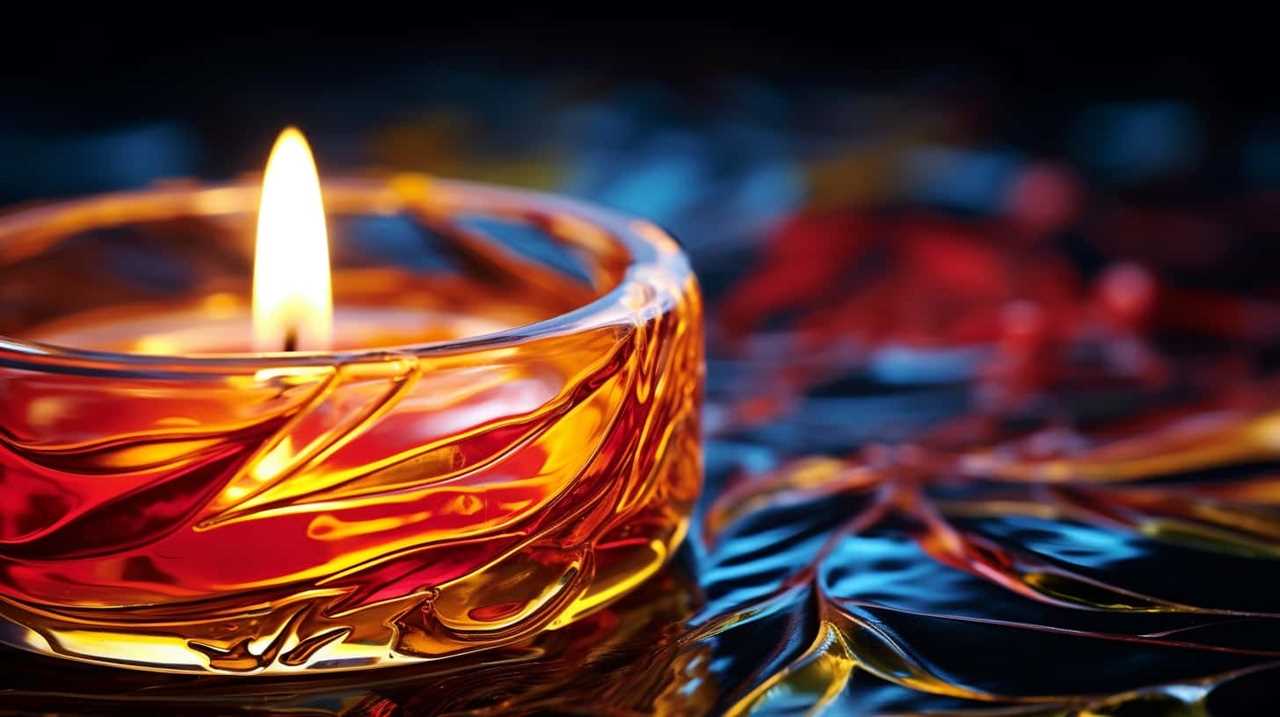
Conclusion
In conclusion, recycling candle jars isn’t just a responsible action, it’s a heroic act of saving the planet!
By utilizing local recycling centers, curbside programs, community events, and manufacturer programs, we can ensure these beautiful jars have a second life.
Additionally, eco-friendly stores, online platforms, and getting creative with upcycling and DIY projects are great options for giving candle jars a new purpose.
Let’s be the superheroes our environment needs and make recycling a priority in our daily lives!
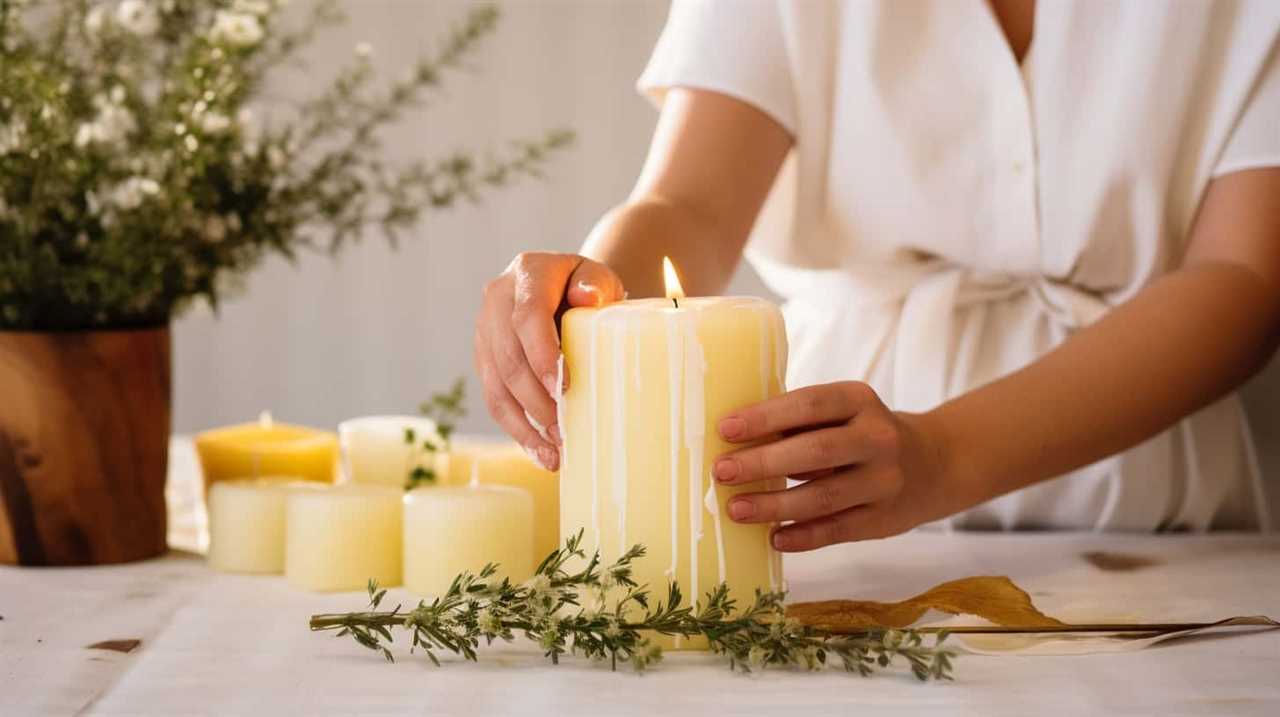
Together, we can make a world of difference.
I’m Jane and I love candles. I have candles everywhere in my house–in every room, on every surface. I love the smell of candles, and I love how they make my place feel warm and cozy.
Candles are really important to me. They help me relax and de-stress after a long day. They remind me of happy memories, and they make me feel calm and peaceful. I can’t imagine my life without candles!
Candles
What Is Candle Power

Have you ever thought about the enchanting glow given off by a basic candle? It’s fascinating to witness how a small flame can light up a room, providing both warmth and light.
At our service, we believe in understanding the power behind every flicker, and that’s why we’re here to shed light on the concept of candle power.
Candle power, in simple terms, refers to the brightness of a candle. But it’s more than just a measure of illumination; it’s a beacon of comfort, ambiance, and guidance.
In this guide, we’ll explore the historical origins, scientific measurements, and practical applications of candle power.
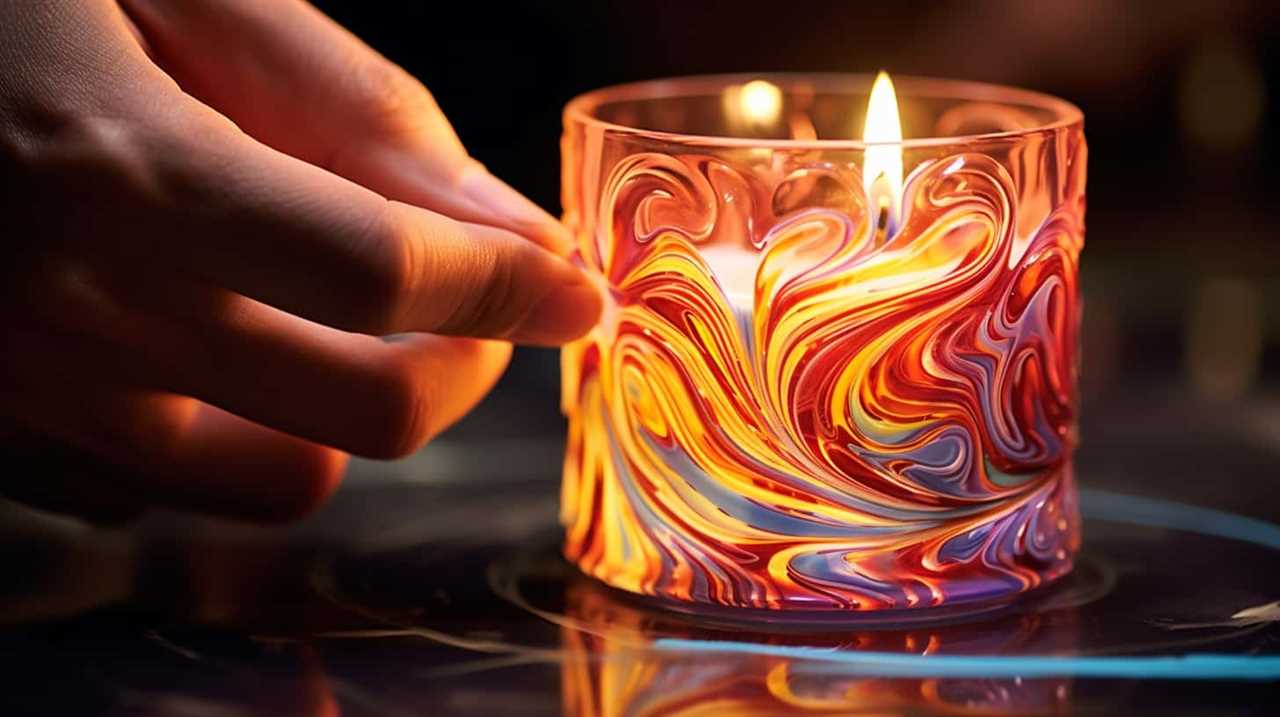
So, let’s embark on this enlightening journey together and uncover the secrets behind the captivating world of candle power.
Key Takeaways
- Candle power is a measurement unit that quantifies the brightness of a light source, allowing for comparisons between different light sources.
- It is used to determine the intensity of light emitted by a candle or any other artificial light source, and understanding candle power helps in providing adequate lighting for various tasks and environments.
- Factors affecting candle power include the wattage of the light source, the distance from the source, and obstructions or reflections in the environment.
- Candle power played a crucial role in the development of electric lighting, influenced architectural design and artistic expression, and continues to be important in various practical applications such as photography and automotive lighting systems.
The Definition of Candle Power
Candle power is a measurement unit that quantifies the brightness of a light source. It’s used to determine the intensity of light emitted by a candle or any other artificial light source. Candle power units, also known as candela, are the standard metric used to measure the luminous intensity of a light bulb or lamp.
The candle power measurement allows us to compare the brightness of different light sources and choose the most suitable one for our needs. By understanding the candle power of a light source, we can ensure that we provide adequate lighting for various tasks and environments.
Now that we’ve covered the definition of candle power, let’s move on to the historical origins of this measurement unit.
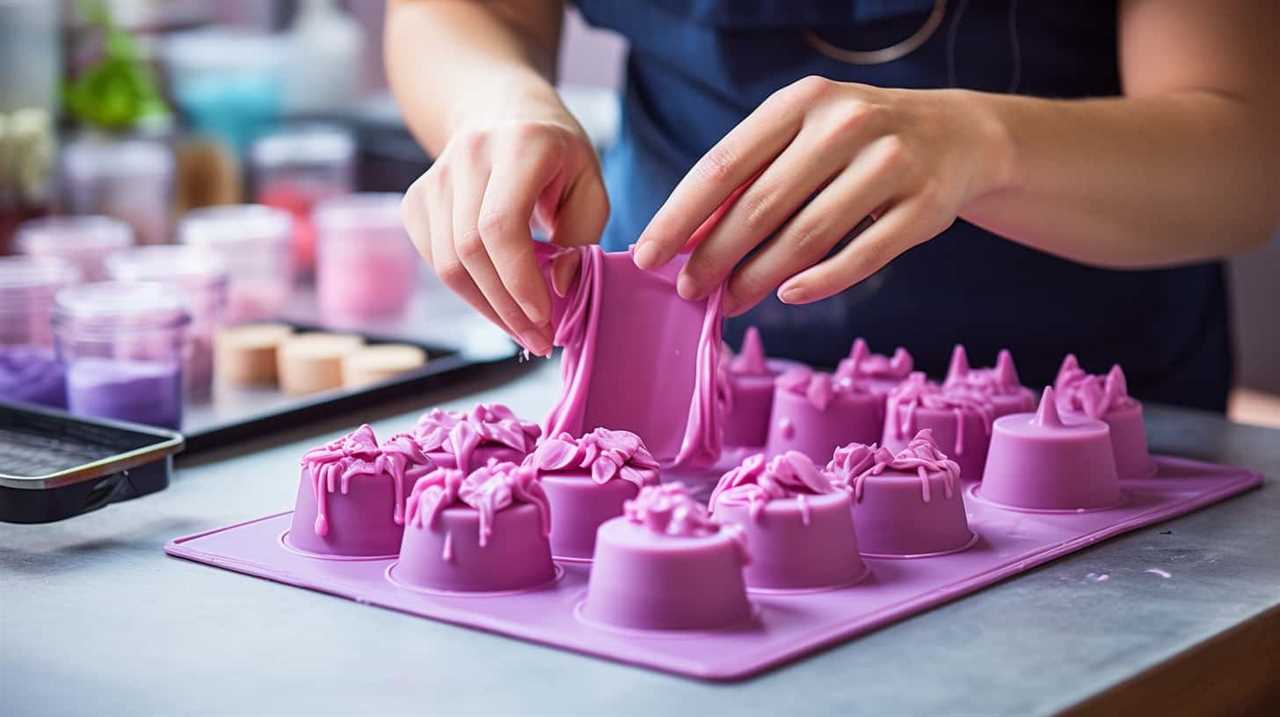
Historical Origins of Candle Power
Continuing from our previous discussion on the definition of candle power, let’s delve into the historical origins of this measurement unit. Understanding the invention timeline and cultural significance of candle power can provide valuable insights into its development and usage.
- Invention Timeline:
- 1838: Scottish inventor James David Forbes introduced the concept of candle power as a measure of light intensity.
- 1860s: British physicist Sir William Thomson (Lord Kelvin) refined the measurement by using a standard sperm candle.
- 1893: The International Commission on Illumination (CIE) established the formal definition of candle power.
- Cultural Significance:
- Candle power allowed for standardized measurement of light sources, enabling accurate comparisons and advancements in lighting technology.
- It played a crucial role in the development of electric lighting, as candle power measurements provided a benchmark for brightness.
- Candle power measurements also influenced architectural design and created new possibilities for artistic expression through lighting.
Understanding the historical origins of candle power helps us appreciate the progress made in lighting technology and its impact on various aspects of our lives.
How Candle Power Relates to Brightness
As we explore the concept of candle power further, it is important to understand how this measurement relates to the overall brightness of a light source. Candle power is a unit that quantifies the light output of a source, specifically the amount of light emitted in all directions. When we talk about candle brightness, we are essentially referring to the intensity or strength of the light produced. To better grasp this relationship, let’s take a look at the table below:
| Candle Power | Light Output (Lumens) |
|---|---|
| 1 | 12.57 |
| 10 | 125.7 |
| 100 | 1257 |
In the table, you can see that as the candle power increases, so does the light output. For instance, a light source with a candle power of 100 will emit approximately 1257 lumens of light. This means that the higher the candle power, the brighter the light source. Understanding this correlation can help us make informed decisions when choosing lighting options to meet our specific needs.

The Science Behind Measuring Candle Power
When it comes to measuring candle power, there are various techniques used to determine light intensity. These techniques include:
- Photometry
- Radiometry
- Spectrophotometry
Factors that affect candle power include:
- The wattage of the light source
- The distance from the source
- Any obstructions or reflections in the environment.
Understanding these measurement techniques and factors is crucial in accurately assessing the brightness of a light source.
Light Intensity Measurement Techniques
To understand the science behind measuring candle power, we’ll explore various light intensity measurement techniques. These techniques are essential in determining the amount of light emitted by a source, and they play a crucial role in many industries and applications.

Here are three commonly used techniques:
- Photometry: This technique measures the intensity of visible light by using a photometer, which compares the light output of a source to a standard reference. It provides accurate measurements in terms of luminous intensity and is widely used in lighting design and evaluation.
- Radiometry: Radiometers are used to measure the total power of light, including both visible and non-visible wavelengths. This technique is particularly useful in applications that require measuring the total light energy emitted by a source, such as solar energy studies.
- Spectroradiometry: Spectroradiometers measure the intensity of light at different wavelengths, providing a detailed spectral distribution. This technique is widely used in colorimetry, where the color properties of light sources are analyzed and evaluated.
Factors Affecting Candle Power
Let’s delve into the factors that impact candle power, shedding light on the science behind measuring this crucial light intensity.
When it comes to measuring candle power, there are several key factors to consider. One important factor is the type and condition of the light source. For example, a new and well-maintained bulb will produce a higher candle power than an old or damaged one.
Another factor is the distance between the light source and the object being illuminated. As the distance increases, the candle power decreases.
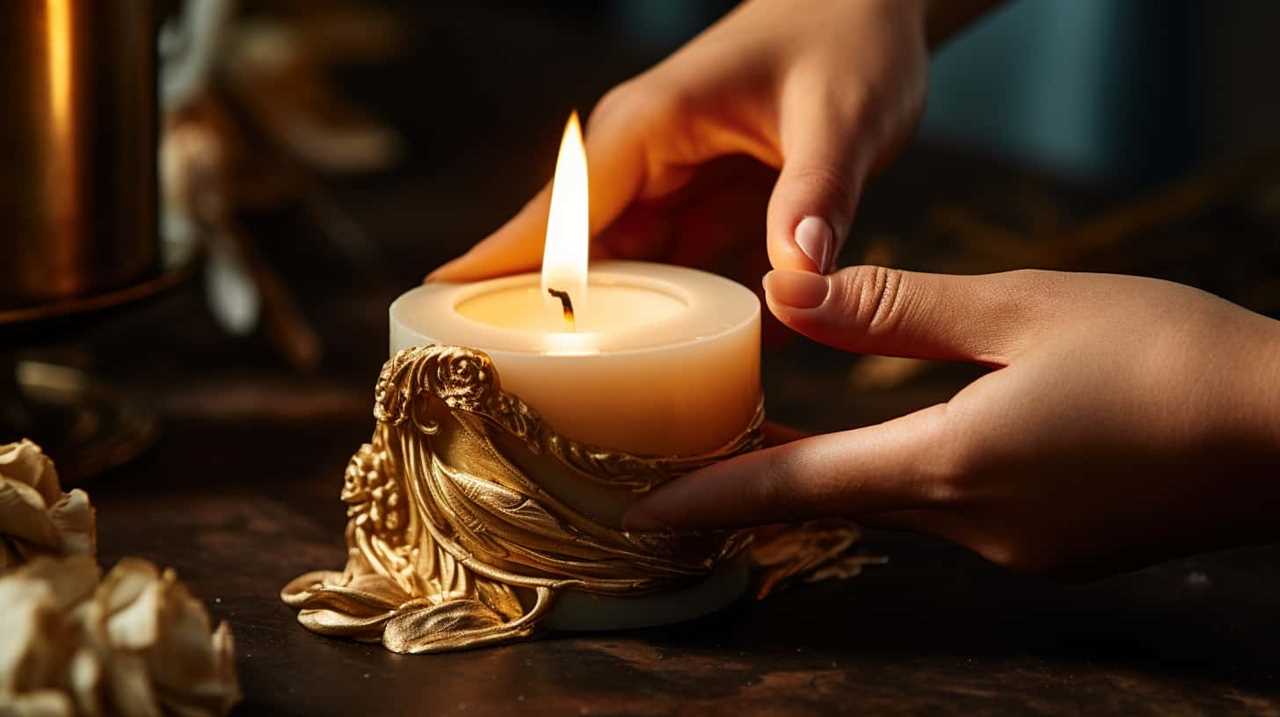
Additionally, the angle at which the light is emitted plays a role in candle power. Narrower angles tend to result in higher candle power, while wider angles lead to lower values.
These factors, among others, are essential to consider when using measurement techniques to determine candle power accurately.
Candle Power Vs Lumens: Understanding the Difference
As we delve into the comparison between candle power and lumens, it becomes clear that understanding the difference is essential. When it comes to measuring the brightness of a light source, lumens are the preferred unit of measurement. Here are three key differences between candle power and lumens:
- Lumen Measurement: Lumens measure the total amount of visible light emitted by a light source. It takes into account the entire range of visible light, making it a more accurate indicator of brightness.
- Candle Power Formula: Candle power, on the other hand, measures the intensity of light in a specific direction. It’s calculated by dividing the total luminous flux by the solid angle in steradians.
- Practical Application: Lumens provide a more practical measurement for everyday use. They help us understand how bright a light source will appear to the human eye, while candle power is more suitable for specialized applications like spotlighting.
Understanding the difference between candle power and lumens allows us to make informed decisions when choosing lighting options for our specific needs.
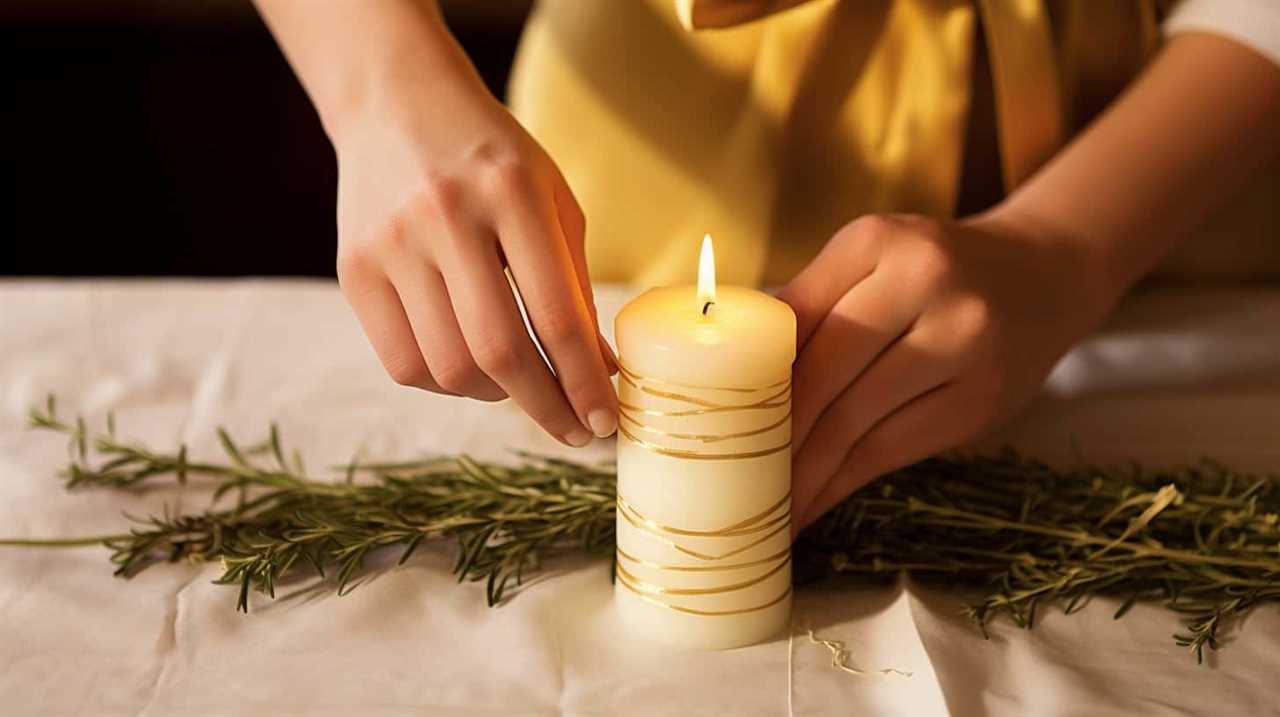
Factors Affecting Candle Power
Although there are several factors that can affect candle power, one important factor to consider is the type of light source being used. Different light sources produce varying levels of candle power due to their unique characteristics.
For example, incandescent bulbs typically have a higher candle power compared to fluorescent or LED bulbs. The quality and condition of the light source can also impact its candle power. Factors such as age, cleanliness, and maintenance can affect the performance of the light source and subsequently its candle power.
Measurement techniques play a crucial role in determining candle power accurately. Using a light meter, the intensity of the light emitted by the source can be measured, providing a quantitative value for candle power.
Practical Applications of Candle Power
Considering the factors that affect candle power, measuring the intensity of light emitted by a source using a light meter provides a quantitative value for assessing its candle power. Understanding the practical applications of candle power can help us serve others better, especially in fields like photography and automotive lighting. Here are three key applications:
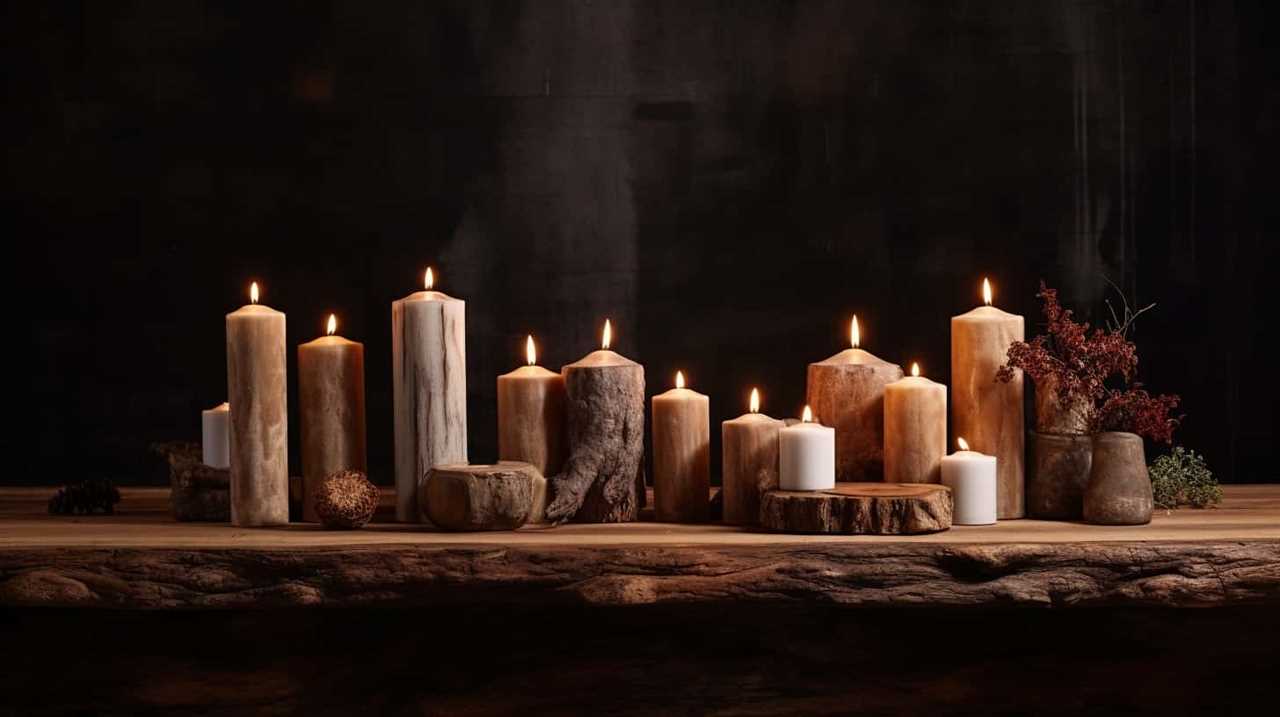
- Candle power in photography: Knowing the candle power of different light sources allows photographers to control the lighting conditions and achieve the desired effects in their photos. Whether it’s studio lighting or outdoor shoots, candle power helps determine the ideal lighting setup for capturing stunning images.
- Candle power in automotive lighting: The candle power of headlights and other automotive lighting systems directly affects visibility on the road. By ensuring a high candle power, drivers can enhance safety by providing optimal illumination and reducing the risk of accidents, especially in low-light or adverse weather conditions.
- Overall illumination assessment: Candle power measurements play a crucial role in assessing the overall lighting conditions in various settings. From evaluating the effectiveness of lighting in commercial spaces to ensuring proper illumination in public areas, candle power measurements aid in creating comfortable and safe environments for everyone.
Understanding the practical applications of candle power allows us to make informed decisions and optimize lighting for different purposes, ultimately serving others by enhancing their experiences in photography and ensuring safety on the roads.
Frequently Asked Questions
How Does Candle Power Affect the Visibility of a Light Source?
The effect of candle power on brightness and the impact of candle power on visibility are closely related. Higher candle power results in greater brightness, which in turn improves the visibility of a light source.
Can Candle Power Be Used to Measure the Efficiency of Different Light Sources?
Candle power can be used to measure the efficiency of different light sources. By comparing the candle power, we can determine the impact on energy consumption, helping us make informed choices.
Are There Any Safety Concerns Related to High Candle Power Light Sources?
Safety concerns may arise with high candle power light sources due to the risks associated with intense heat and potential fire hazards. It is essential to handle such sources with caution and ensure proper ventilation to prevent accidents.

How Does Candle Power Compare to Other Units of Measurement for Light Intensity, Such as Lux or Foot-Candles?
When comparing light intensity, candle power is like a bright star guiding our way. It offers advantages in lighting design, allowing us to measure and understand the power of light in a concise and informative manner.
Can Candle Power Be Used to Determine the Lifespan of a Light Bulb or Lamp?
Candle power is a unit of measurement for light intensity. It can’t be used to determine the lifespan of a light bulb or lamp. Factors affecting candle power include distance, reflectance, and the wattage of the light source.
Conclusion
In conclusion, understanding candle power is essential for determining the brightness of a light source. By measuring the intensity of light emitted from a single candle, candle power provides a standardized unit of measurement.
While it may seem outdated compared to the more commonly used lumens, candle power still holds value in certain applications.

So, next time you’re in a dark room, remember that a little knowledge about candle power can shed light on the situation.
I’m Jane and I love candles. I have candles everywhere in my house–in every room, on every surface. I love the smell of candles, and I love how they make my place feel warm and cozy.
Candles are really important to me. They help me relax and de-stress after a long day. They remind me of happy memories, and they make me feel calm and peaceful. I can’t imagine my life without candles!
Candles
What Is the Melting Point of Candle Wax

Wondering about the specific temperature at which candle wax melts? You’re in for a treat as we have the answer right here!
Understanding the melting point of candle wax is crucial for those who want to create the perfect candles for their loved ones or customers. Different types of candle wax have different melting points, and knowing these points can make a big difference in the quality of your candles.
For instance, let’s take the example of paraffin wax. Its melting point is around 130 to 140 degrees Fahrenheit. By understanding and testing the melting points of various waxes, you can ensure that your candles burn evenly and last longer.
So, let’s dive into the fascinating world of candle wax melting points and discover how it can elevate your candle-making skills!
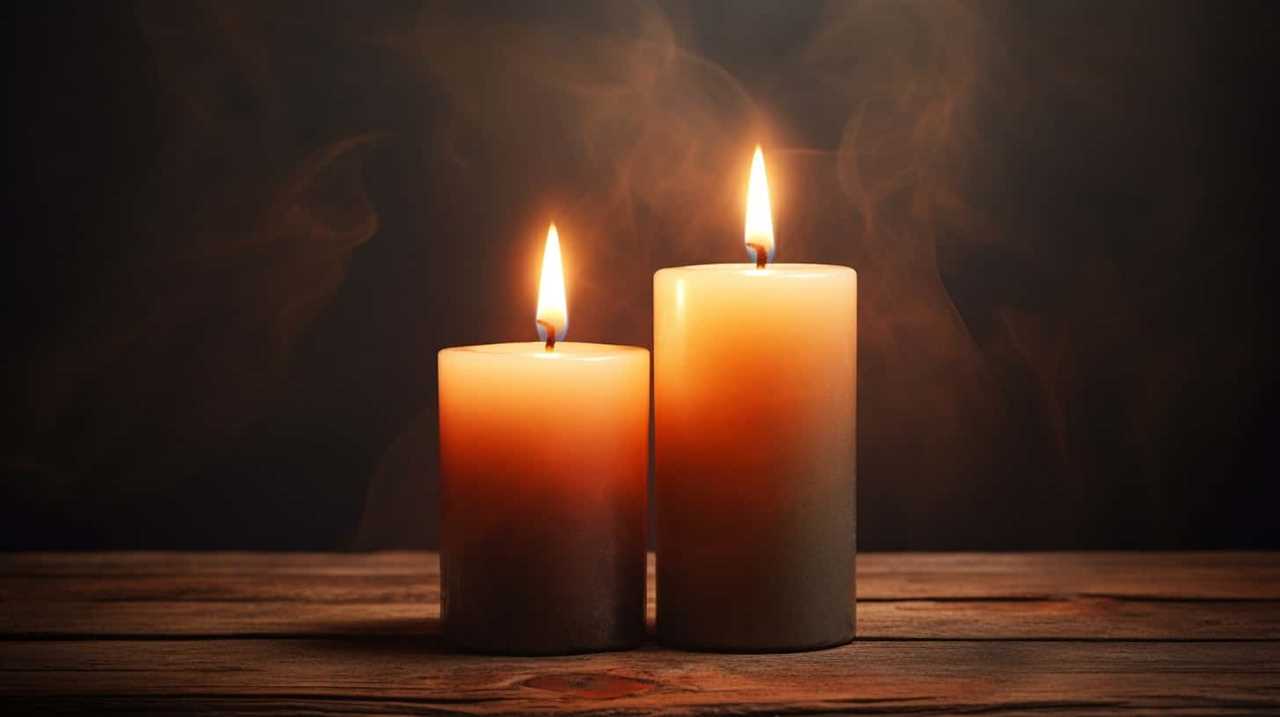
Key Takeaways
- The melting point of candle wax is the temperature at which it transitions from a solid to a liquid state.
- The melting point is important in determining the quality, performance, and behavior of candles.
- Different types of candle wax have different melting points, which affect factors such as burn time and fragrance release.
- Factors that influence the melting point of candle wax include the composition of the wax, heat source, impurities, additives, and container size and shape.
What Is Melting Point
The melting point is the temperature at which a substance transitions from a solid to a liquid state. It’s an important characteristic of a substance, as it helps determine its physical properties and behavior.
Temperature control is crucial in various industries where accurate melting points are required for manufacturing processes. For example, in the pharmaceutical industry, knowing the melting point of a drug substance is essential to ensure its stability and effectiveness.
Impurities can have a significant impact on the melting point of a substance. Even small amounts of impurities can lower the melting point, affecting the integrity and quality of the final product. Therefore, maintaining proper temperature control and minimizing impurities are vital in order to ensure consistent and reliable results in various applications.
Importance of Melting Point for Candles
In our experience with candle making, we’ve found that the melting point of candle wax plays a crucial role in determining the quality and performance of the final product. The importance of temperature control can’t be overstated when it comes to candle making.

When the wax is melted at the correct temperature, it ensures that the fragrance oils are properly dispersed and that the candle burns evenly and cleanly. If the wax is overheated, it can result in poor scent throw and a weaker fragrance. On the other hand, if the wax isn’t heated enough, the candle may not burn properly or may have a shorter burn time.
Additionally, the melting point of the wax can be affected by the use of additives, such as colorants or fragrance oils. These additives can alter the wax’s melting point, so it’s important to carefully consider their effects when formulating candle recipes.
Types of Candle Wax
When it comes to candle making, we rely on different types of candle wax depending on our specific needs and preferences. Here are four types of candle wax commonly used:
- Paraffin Wax: This petroleum-based wax is widely used due to its affordability and versatility. It has a high melting point, which makes it ideal for creating strong and long-lasting candles.
- Soy Wax: Made from soybean oil, this natural wax is a popular choice among environmentally conscious individuals. It has a lower melting point compared to paraffin wax, resulting in a slower and cleaner burn.
- Beeswax: Derived from bees, this natural wax is known for its sweet scent and golden hue. It has a higher melting point and produces a warm, soft glow when burned.
- Palm Wax: Made from palm oil, this renewable wax has a unique crystalline structure that gives candles a beautiful feathered appearance. It has a moderate melting point and provides excellent scent throw.
Understanding the differences between paraffin wax vs soy wax and beeswax vs palm wax allows us to choose the right type of candle wax for our specific needs, whether it’s for fragrance, sustainability, or aesthetic purposes.

Factors Affecting Melting Point
To understand the factors affecting the melting point of candle wax, we need to consider various elements that play a role in determining this characteristic.
One crucial factor is the composition of the candle wax. Different types of wax, such as paraffin, beeswax, or soy wax, have different melting points due to variations in their chemical composition. For example, paraffin wax has a lower melting point compared to beeswax, making it easier to melt.
Another factor that influences the melting point is the heat source. The temperature and intensity of the heat source can significantly affect the melting point of the wax. A higher heat source will increase the rate of heat transfer, causing the wax to melt at a lower temperature.
Therefore, understanding the candle wax composition and the influence of the heat source is essential in determining the melting point of candle wax.
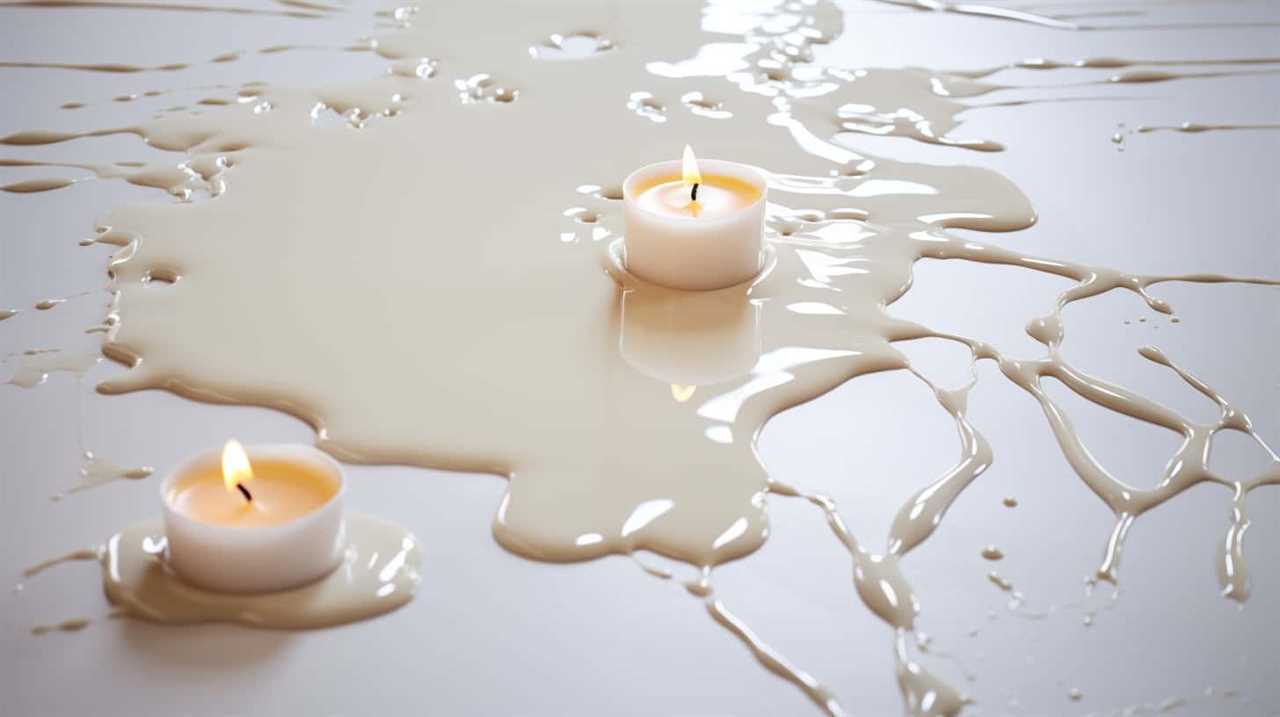
Paraffin Wax and Its Melting Point
When considering the melting point of paraffin wax, it’s important to analyze the factors that affect it. These factors include the molecular structure, purity of the wax, and any additives present.
Additionally, comparing the melting points of different waxes can provide valuable insights into their composition and applications.
Factors Affecting Melting Point
Our research has revealed several factors that influence the melting point of paraffin wax. These factors include:
- Impurities: The presence of impurities, such as additives or contaminants, can lower the melting point of paraffin wax. Higher purity wax tends to have a higher melting point.
- Crystalline Structure: The crystalline structure of paraffin wax can vary depending on factors like the length of the hydrocarbon chain. Waxes with longer chains tend to have higher melting points.
- Molecular Weight: The molecular weight of the wax molecules also affects the melting point. Higher molecular weight waxes generally have higher melting points.
- Temperature Range: The temperature range over which paraffin wax melts can vary depending on the specific formulation and purpose. Different types of paraffin waxes may have different melting points and melting temperature ranges.
Understanding these factors can help in selecting the appropriate paraffin wax for specific applications, ensuring optimal performance and usability.
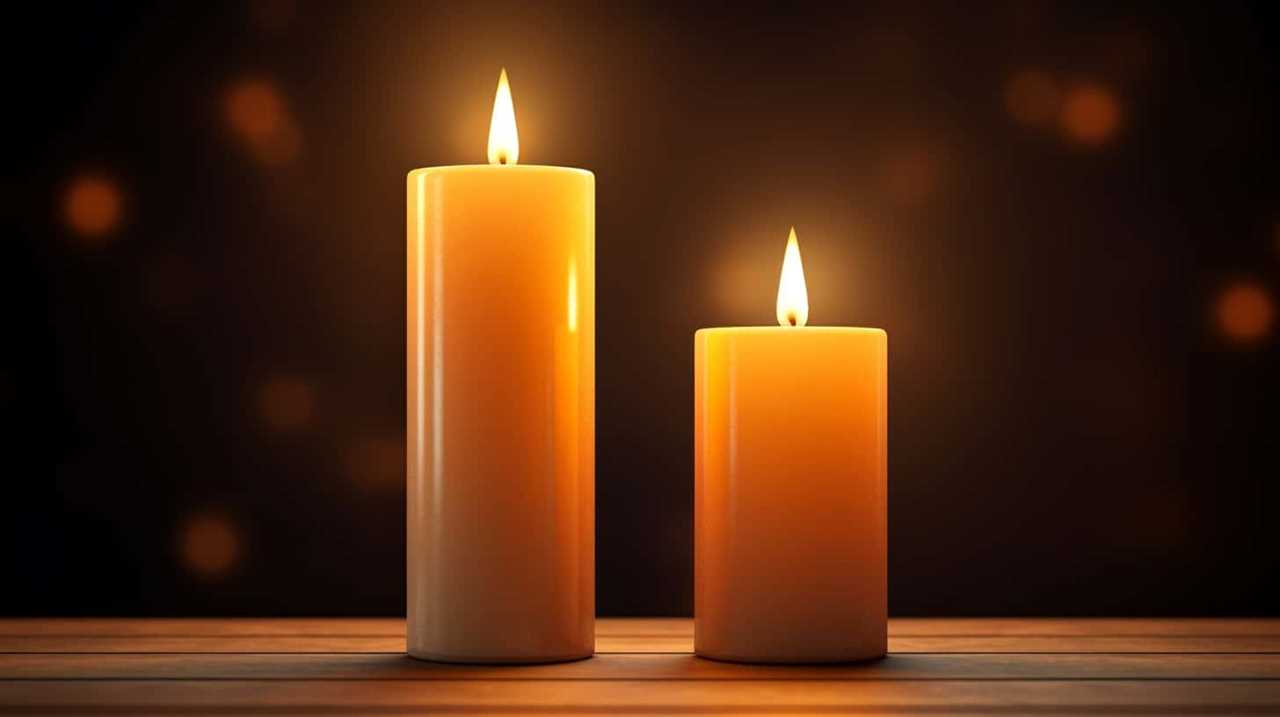
Comparing Different Waxes
We will compare the melting point of paraffin wax to that of other waxes. Comparing melting points is important because it directly affects the performance of a candle.
Paraffin wax, which is derived from petroleum, has a melting point between 120°F and 160°F (49°C to 71°C). This relatively low melting point allows the wax to liquefy quickly when the candle is lit, ensuring a consistent and even burn. Paraffin wax also has a high fragrance capacity, making it a popular choice for scented candles.
Other waxes, such as beeswax and soy wax, have higher melting points. Beeswax melts between 144°F and 147°F (62°C to 64°C), while soy wax melts between 120°F and 180°F (49°C to 82°C). The melting point of a wax can impact the candle’s ability to release fragrance and its overall burn time.
Transitioning to the subsequent section, we’ll now explore soy wax and its melting point.
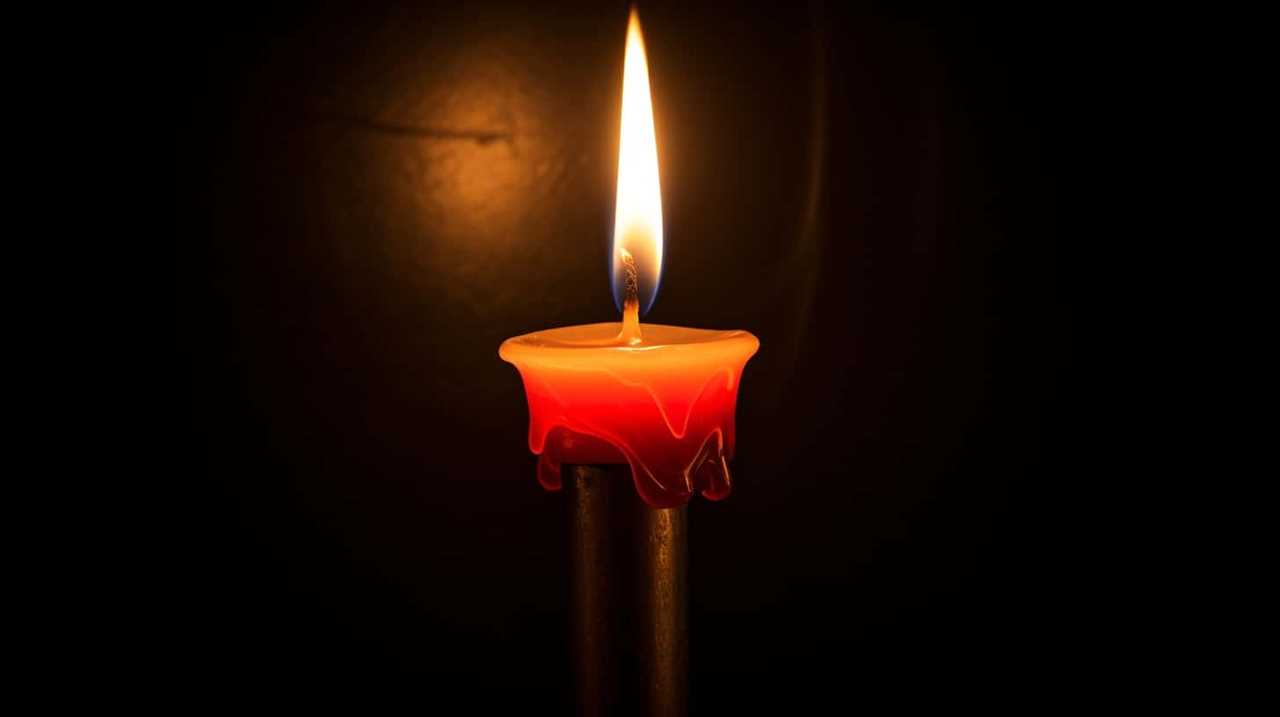
Soy Wax and Its Melting Point
Soy wax has a melting range of approximately 120 to 180 degrees Fahrenheit, making it a suitable choice for candle making.
The melting point of soy wax can be influenced by various factors such as the specific blend of oils used and any additives included.
When compared to other waxes, soy wax tends to have a lower melting point, allowing for a longer burning time and a more gradual release of fragrance.
Soy Wax Melting Range
Typically, soy wax melts at a relatively low temperature, often requiring frequent monitoring during the melting process.
Some key properties of soy wax that contribute to its melting range include:
- Low melting point: Soy wax has a melting point range of around 115 to 125 degrees Fahrenheit (46 to 52 degrees Celsius). This low melting point allows it to melt easily and evenly when exposed to heat.
- Slow cooling: Soy wax has the advantage of a slow cooling process, which results in a longer burning time for candles made from this wax.
- Clean burning: Soy wax is known for its clean and soot-free burn, making it a popular choice for those concerned about air quality.
- Compatibility with fragrance oils: Soy wax has a high fragrance load capacity, allowing it to hold and release scents effectively.
Understanding the melting range of soy wax is crucial for candle makers and enthusiasts to ensure proper melting and pouring techniques, ultimately resulting in high-quality candles.

Factors Affecting Melting
Frequently, candle makers and enthusiasts encounter various factors that influence the melting point of soy wax. These factors can have a significant impact on candle performance and efficiency.
One of the key factors affecting the melting point of soy wax is the type of additives used. Certain additives, such as stearic acid or vybar, can raise the melting point of the wax, making it more suitable for specific candle types or environments.
The purity of the soy wax also plays a role, as impurities can lower the melting point and affect the overall quality of the candle.
Additionally, the container size and shape can influence the melting point, as larger containers may require higher melting points to ensure proper scent throw and burn time.
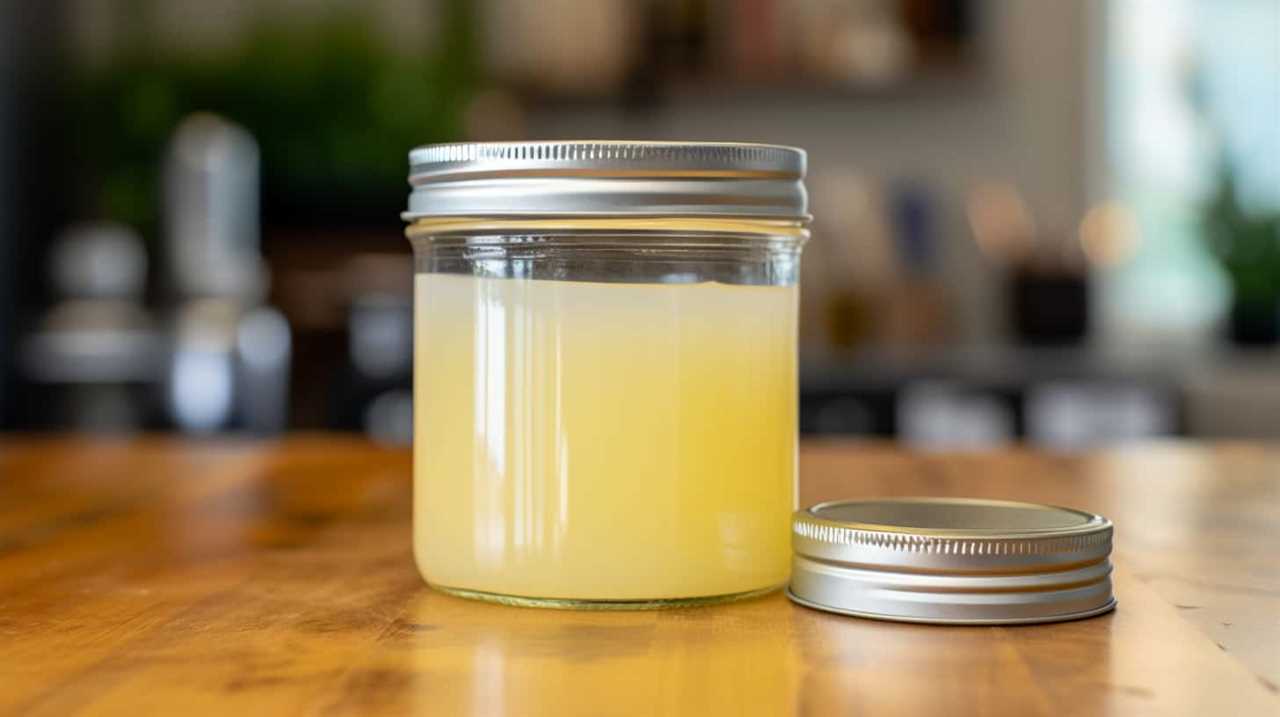
Comparing With Other Waxes
When comparing the melting point of soy wax to other waxes, we can see significant differences in their performance and suitability for various candle types and environments. Here are some key points to consider:
- Soy wax has a lower melting point compared to other waxes, typically ranging from 120-160°F (49-71°C).
- This lower melting point makes soy wax ideal for container candles, as it allows for a slower, more controlled burn.
- Soy wax has a longer burn time compared to other waxes, providing a longer-lasting candle experience.
- The lower melting point of soy wax also makes it easier to handle and work with during the candle-making process.
These differences in wax properties make soy wax a popular choice among candle makers looking for a versatile and high-quality wax option. Its unique melting point and performance characteristics contribute to its appeal in various candle-making applications.
Beeswax and Its Melting Point
In the article, we’ll explore the melting point of beeswax.
Beeswax, a natural wax produced by honeybees, is known for its unique properties and versatility in various applications.

When it comes to melting temperature, beeswax has a relatively low melting point compared to other waxes. The melting point of beeswax typically ranges between 144 to 147 degrees Fahrenheit (62 to 64 degrees Celsius).
This relatively low melting point makes beeswax an ideal choice for candles, as it allows for a slow and even burn. Additionally, the low melting point of beeswax makes it easy to work with in various crafts and skincare products.
Now, let’s move on to the next section where we’ll discuss palm wax and its melting point.
Palm Wax and Its Melting Point
Let’s delve into the melting point of palm wax, a commonly used wax in candle making, and explore its unique properties. Palm wax is derived from the oil palm tree and has gained popularity due to its eco-friendly nature.

Here are some key properties of palm wax and how it compares to other waxes in terms of melting point:
- Palm wax has a melting point ranging from 50 to 60 degrees Celsius.
- It has a higher melting point compared to soy wax, making it more suitable for warmer climates.
- Palm wax has excellent scent retention, allowing for a longer-lasting fragrance.
- Its smooth and creamy texture gives candles a luxurious appearance.
Understanding these palm wax properties and its melting point comparison lays a foundation for exploring blended waxes and their melting points.
Blended Waxes and Their Melting Points
When it comes to blended waxes and their melting points, there are several factors that come into play.
The composition of the blend, including the types and proportions of different waxes used, can greatly influence the melting point.

Additionally, additives or modifiers can also impact the melting point of the blend.
Factors Affecting Melting Points
We can explore the factors that influence the melting points of blended waxes by considering their composition and additives. Here are four key factors to consider:
- Molecular structure: The arrangement and size of molecules in the wax can affect its melting point. Waxes with longer hydrocarbon chains tend to have higher melting points, as the intermolecular forces between the molecules are stronger.
- Temperature control: The rate at which the wax is heated and cooled can also impact its melting point. Slow heating and gradual cooling can lead to a higher melting point, while rapid temperature changes can lower it.
- Additives: Certain additives, such as stearic acid or beeswax, can modify the melting point of the wax. These additives can either raise or lower the melting point depending on their chemical properties.
- Blending ratios: The proportions of different waxes in a blend can affect the overall melting point. Mixing waxes with different melting points can result in a blend with an intermediate melting point.
Understanding these factors is essential when comparing different wax blends and determining their suitability for specific applications.
Comparing Different Wax Blends
To compare different wax blends and their melting points, we can analyze the composition and additives of each blend. By understanding the properties of various waxes, we can determine the optimal melting temperature for different applications. The table below provides a comparison of three common wax blends used in candle making:

| Wax Blend | Composition | Melting Point |
|---|---|---|
| Paraffin | Petroleum-based | 130-150°F |
| Soy | Vegetable-based | 120-145°F |
| Beeswax | Natural beeswax | 144-147°F |
Paraffin wax, being petroleum-based, has a higher melting point compared to soy wax, which is derived from vegetable sources. Beeswax, a natural option, has the highest melting point among the three. When choosing a wax blend, it is important to consider the desired burning time, scent throw, and appearance. By comparing wax properties and their optimal melting temperatures, you can select the most suitable blend for your candle-making needs.
Practical Applications and Uses
For a variety of practical applications and uses, blended waxes with different melting points offer a range of options. These blends combine different types of waxes to create a desired melting point, enhancing their versatility and functionality.
Here are some practical uses of blended waxes and their benefits and drawbacks:
- Candle making: Blended waxes allow for customization of candle melting points, enabling the creation of candles that burn longer or have specific fragrance release profiles.
- Cosmetics and personal care products: Blended waxes are used in lip balms, lotions, and creams to provide desired consistency and stability.
- Adhesive and coating industries: Blended waxes with controlled melting points are used in adhesives and coatings to improve performance and durability.
- Food industry: Blended waxes find applications in food coatings, where specific melting points are required for proper adhesion and texture.
The benefits of blended waxes include enhanced flexibility, improved performance, and increased control over melting characteristics. However, drawbacks may include increased complexity in formulation and potential changes in other properties such as color or scent.

Testing and Determining Melting Point
Determining the melting point of candle wax involves conducting tests to measure the temperature at which it transitions from a solid to a liquid state. To achieve accurate results, various testing techniques can be employed. One common method is the capillary tube method, where a small sample of the wax is placed in a thin glass tube and heated slowly until it melts. The temperature is recorded when the first drop of liquid appears. Another technique is the hot stage microscopy, which involves observing the wax sample under a microscope while gradually increasing the temperature until melting occurs. This allows for precise determination of the melting point. To ensure temperature accuracy, calibrated thermometers and digital temperature probes can be used. These tools provide reliable and precise measurements, crucial for accurate melting point determination.
| Testing Technique | Description |
|---|---|
| Capillary Tube Method | A small sample of wax is heated slowly in a thin glass tube until it melts. The temperature is recorded when the first drop of liquid appears. |
| Hot Stage Microscopy | The wax sample is observed under a microscope while gradually increasing the temperature until melting occurs. This allows for precise determination of the melting point. |
Determining the melting point of candle wax requires careful attention to detail and accurate temperature measurements. By employing suitable testing techniques and ensuring temperature accuracy, one can obtain reliable results for this important property of candle wax.
Practical Applications of Melting Point in Candle Making
As we delve into the practical applications of the melting point in candle making, it becomes evident that understanding this property plays a crucial role in achieving desirable candle characteristics. The melting point of candle wax is a key factor in determining its burn time, scent throw, and overall performance.
Here are four practical applications of melting point in candle making:

- Control of burn time: By selecting a wax with a specific melting point, candle makers can regulate the rate at which the wax melts and therefore control the burn time of the candle.
- Scent release: Different fragrance oils have different flashpoints, which can affect the scent throw of a candle. By matching the melting point of the wax with the flashpoint of the fragrance oil, candle makers can optimize the release of the scent.
- Stability: Understanding the melting point allows candle makers to choose waxes that provide stability during the manufacturing process and when the candle is in use.
- Aesthetics: The melting point of wax can impact the appearance of a candle, influencing factors such as texture, color, and the formation of a desirable melt pool.
Frequently Asked Questions
How Does the Melting Point of Candle Wax Affect the Overall Burn Time of a Candle?
The melting point of candle wax directly influences the burn time and efficiency of a candle. By retaining heat at higher melting points, the wax burns more slowly and efficiently, resulting in a longer-lasting candle.
Can the Melting Point of Candle Wax Be Adjusted to Create Different Types of Candles, Such as Dripless or Scented Candles?
Yes, the melting point of candle wax can be adjusted to create different types of candles. This allows for the creation of dripless or scented candles, providing a more enjoyable and convenient experience for customers.
Are There Any Safety Concerns Associated With Using Candle Wax With a High Melting Point?
Safety precautions should be taken when working with candle wax with a high melting point. Proper temperature control is crucial to prevent burns or fires. It is important to handle the wax carefully and follow recommended safety guidelines.
How Does the Melting Point of Candle Wax Affect the Fragrance Throw of Scented Candles?
The melting point of candle wax directly affects the fragrance release and scent retention of scented candles. Higher melting points allow for longer burn times and better scent retention, resulting in a stronger and longer-lasting fragrance throw.
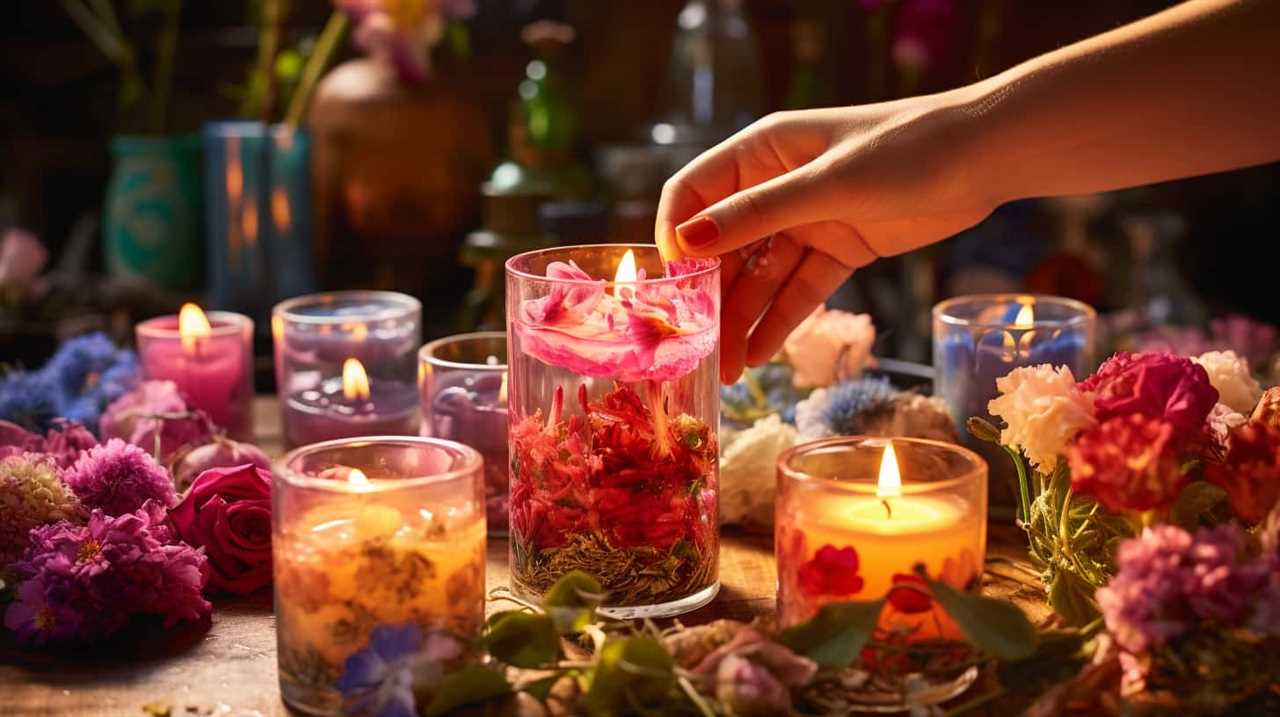
Can the Melting Point of Candle Wax Affect the Appearance or Texture of the Finished Candle?
The melting point of candle wax impacts its appearance and texture. A higher melting point results in a smoother texture and better moldability, while lower melting points can affect color and lead to a rougher finish.
Conclusion
In conclusion, understanding the melting point of candle wax is crucial for candle makers. By knowing the melting point, they can select the right wax for their desired candle characteristics. Factors like the type of wax and blending different waxes can also affect the melting point.
Testing and determining the melting point helps ensure the quality and performance of the candles. Overall, the melting point is a key factor in the art and science of candle making, like a compass guiding makers toward creating beautiful, long-lasting candles.
I’m Jane and I love candles. I have candles everywhere in my house–in every room, on every surface. I love the smell of candles, and I love how they make my place feel warm and cozy.
Candles are really important to me. They help me relax and de-stress after a long day. They remind me of happy memories, and they make me feel calm and peaceful. I can’t imagine my life without candles!
Candles
What Is a Sand Candle

Curious about what a sand candle is? Let us fill you in on all the details!
Sand candles are unique and beautiful creations that can bring joy and warmth to any space. They are handmade candles made by pouring melted wax into a mold filled with sand.
As the wax cools and hardens, it takes on the shape and texture of the sand, resulting in a stunning candle with a rustic and beachy feel.
Sand candles are not only a lovely addition to any home decor, but they also make thoughtful gifts for your loved ones.
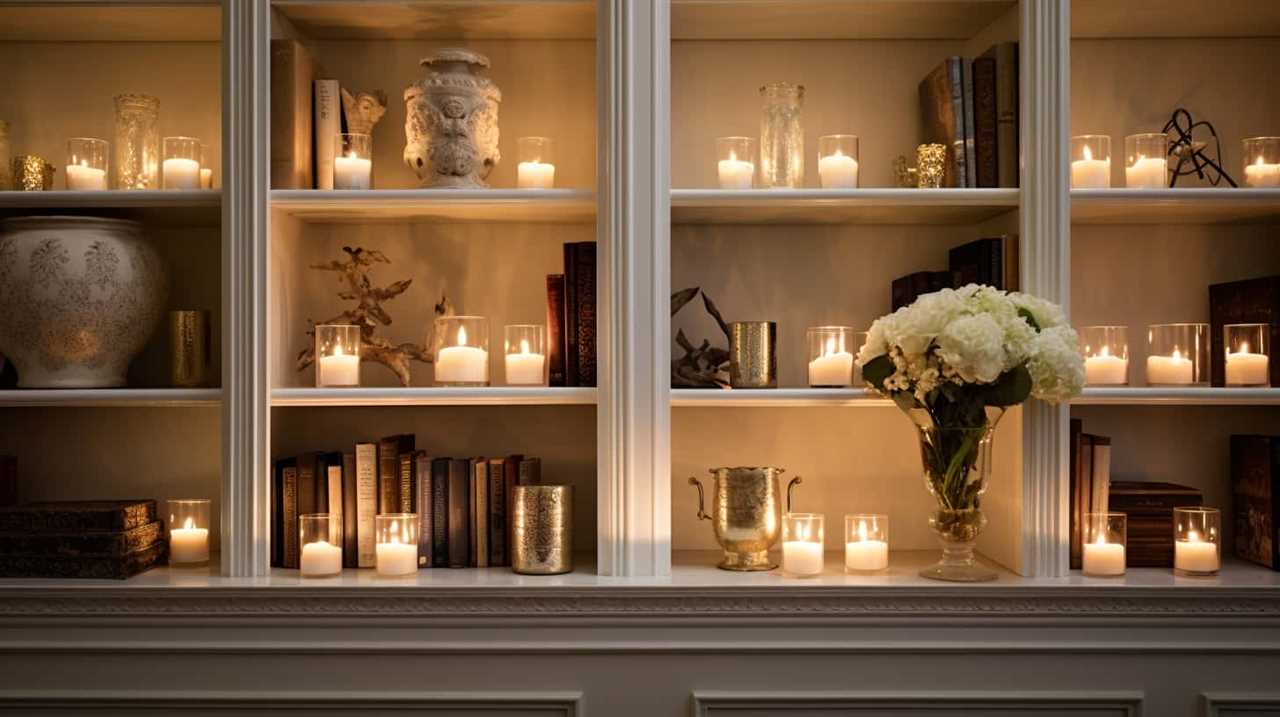
So, if you’re ready to learn more about this delightful craft, let’s dive in and explore the world of sand candles together!
Key Takeaways
- Sand candles have a long history and cultural significance in coastal communities.
- Sand candles provide a sustainable alternative to traditional candle making.
- Candle molds, fragrance, wicks, sand, seashells, and stirring sticks are essential materials for making sand candles.
- Decorating techniques such as coloration, carving, and embellishments enhance the visual appeal of sand candles.
History of Sand Candles
One of the key aspects in understanding the history of sand candles is that they’ve been around for centuries. These candles hold a significant cultural significance in various parts of the world, particularly in coastal communities.
The art of sand candle making has been passed down through generations, with each culture adding its unique touch to the process. The process of making sand candles has evolved over time, adapting to the available resources and techniques.
However, with the increasing environmental impact of traditional candle making, sand candles provide a more sustainable alternative. By using sand as a mold and natural materials for the wick, sand candles reduce the carbon footprint associated with traditional candle making.
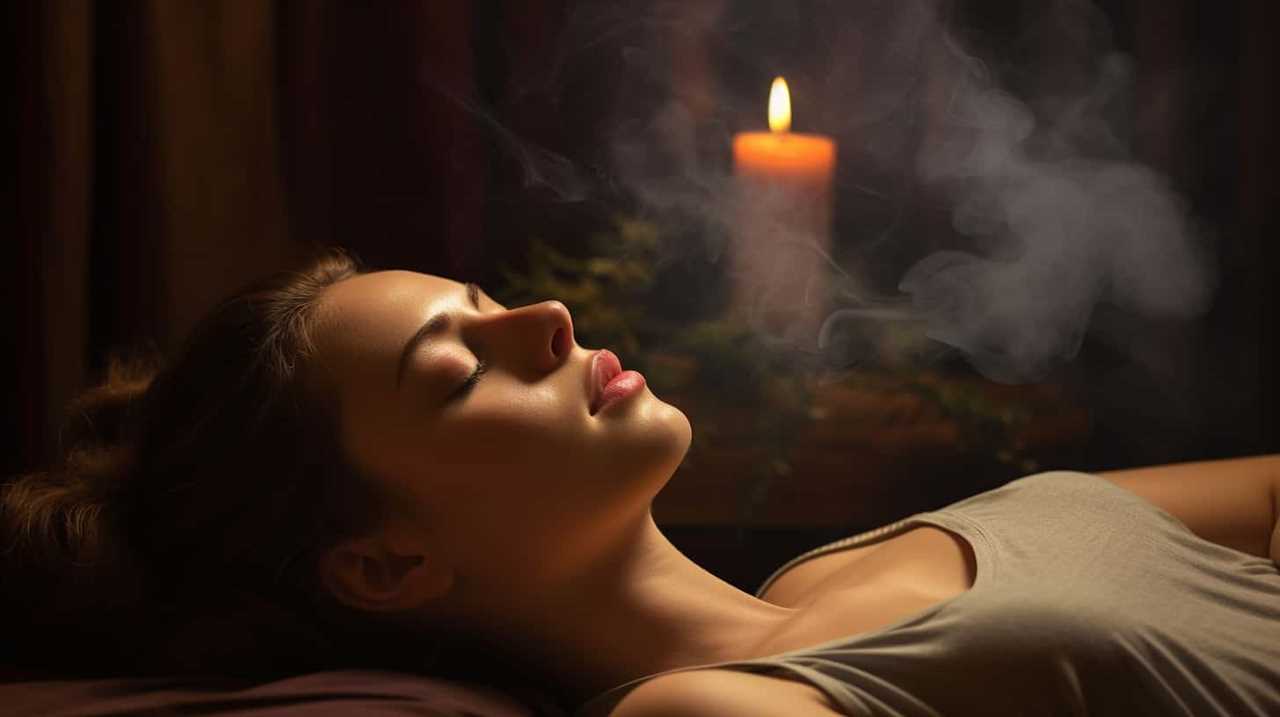
Now that we understand the cultural significance and environmental impact of sand candles, let’s explore the materials needed for sand candle making.
Materials Needed for Sand Candle Making
To make sand candles, we’ll need a few specific materials.
First, we’ll need candle molds, which come in various shapes and sizes. These molds will give our candles their unique shapes and designs.
Next, we’ll need candle fragrance to add a pleasant scent to our candles. There are many different fragrances available, such as lavender, vanilla, or citrus, allowing us to create candles that suit different preferences.

Additionally, we’ll need wicks, which are the strings that burn and provide light. We can choose from different types of wicks, depending on the size and type of candle we want to make.
With these materials in hand, we’re ready to embark on our sand candle making journey.
Step-By-Step Guide to Making a Sand Candle
Now let’s dive into the process of making a sand candle, starting with gathering the necessary materials.
To create a sand candle, you’ll need a few key items. Firstly, choose your wick type based on the size and shape of your candle. Cotton wicks are great for smaller candles, while larger ones may require braided or wooden wicks.

Next, select your sand colors. You can use a single color for a simple and elegant look or mix different shades for a vibrant and dynamic candle. Experiment with various combinations to find what speaks to you.
Once you have your wick and sand colors, you’re ready to move on to the next step – different techniques for decorating sand candles.
Different Techniques for Decorating Sand Candles
Now let’s explore various ways to enhance the beauty of sand candles through different decorating techniques.
One technique is sand candle coloration, where you can add vibrant and contrasting colors to your candles. You can achieve this by mixing colored sand with the regular sand before pouring it into the mold. This creates a stunning visual effect when the candle is lit.

Another technique is sand candle carving, which involves creating intricate designs on the surface of the candle using a carving tool or even a toothpick. This allows you to personalize your candles and add a touch of artistry.
These techniques not only make your sand candles visually appealing but also give them a unique and personal touch.
Now, let’s move on to the next section where we’ll discuss tips for achieving the perfect sand candle.
Tips for Achieving the Perfect Sand Candle
When it comes to achieving the perfect sand candle, there are a few key tips to keep in mind.

One important technique is proper wick placement, ensuring that it’s centered in the candle and extends to the bottom for even burning.
Another tip is to layer decorative sand in different colors or patterns to create a visually appealing design.
These techniques, when executed with precision, can help you create a stunning sand candle that will impress anyone who sees it.
Wick Placement Techniques
To achieve the perfect sand candle, we can enhance the wick placement techniques by using a subordinating conjunction.
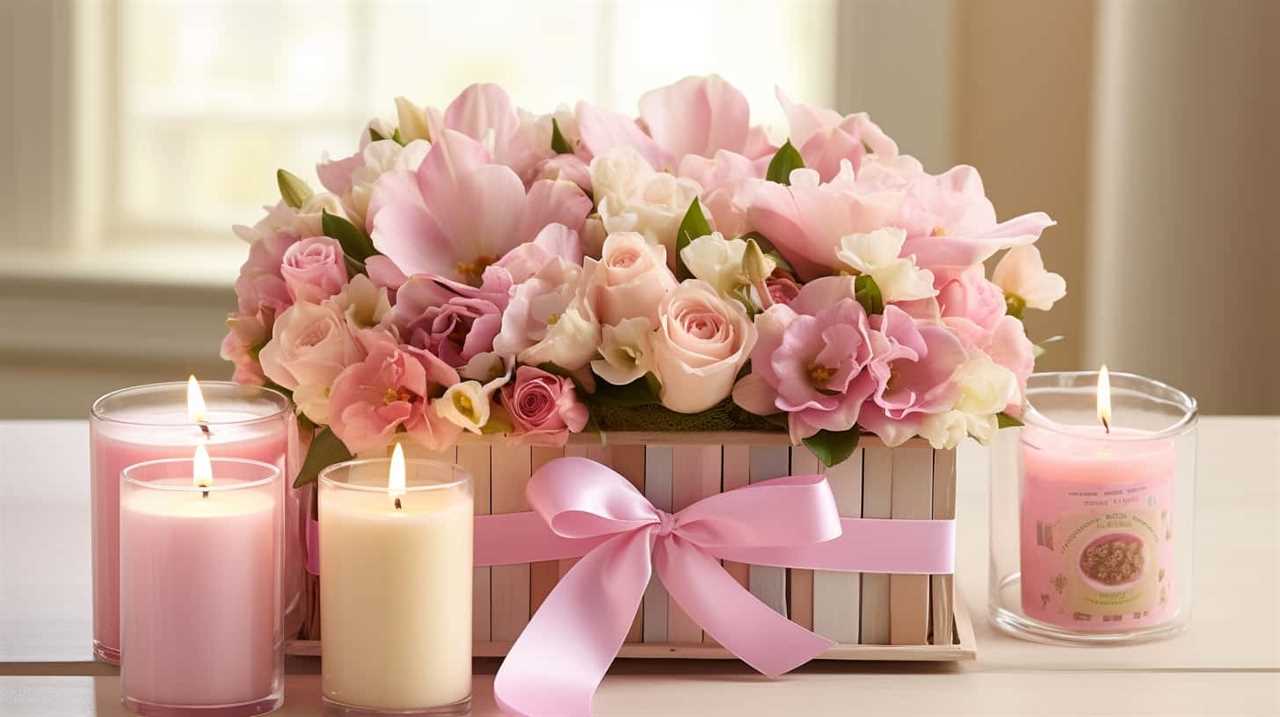
The wick placement is a crucial step in candle making, as it determines how the flame will burn and the overall quality of the candle. When it comes to wick placement, it’s important to consider the size and shape of the container, as well as the type of wax being used.
Candle making tools such as wick holders or centering devices can be helpful in achieving a precise and even placement. Additionally, ensuring that the wick is securely attached to the bottom of the container will prevent it from moving or floating when the wax is poured.
Decorative Sand Layering
To create the perfect sand candle, we enhance the wick placement techniques and move on to discussing the importance of decorative sand layering. When it comes to beach themed centerpieces and unique candle holders, decorative sand layering plays a crucial role in creating a visually stunning and captivating sand candle.
Here are three key tips to achieve the perfect sand candle through decorative sand layering:
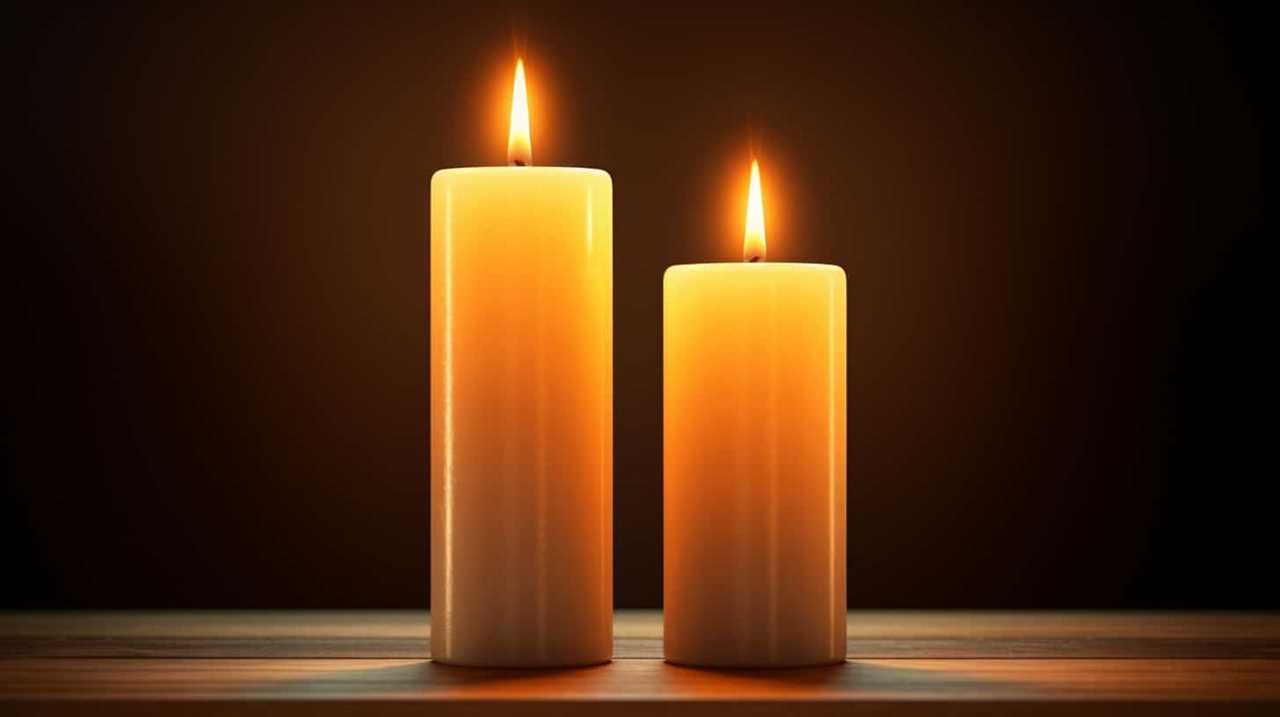
- Play with colors: Experiment with different shades of sand to create beautiful layers that mimic the colors of the ocean and beach.
- Add texture: Incorporate elements like crushed seashells or small pebbles between the layers of sand to add texture and depth to your candle.
- Create patterns: Use a spoon or a small stick to create intricate patterns in the sand layers, such as waves or swirls, to make your sand candle truly unique.
By employing these techniques, you can create beach-themed centerpieces and unique candle holders that will surely impress your guests.
In the next section, we’ll explore fun ways to customize your sand candles, adding a personal touch to your creations.
Fun Ways to Customize Your Sand Candles
As we dive into the topic of customizing sand candles, let’s explore creative ways that will add a personal touch to these unique creations.
When it comes to sand candle centerpieces, the possibilities are endless. You can mix different colors of sand to create beautiful gradients or layer the sand in patterns to create a stunning visual effect.
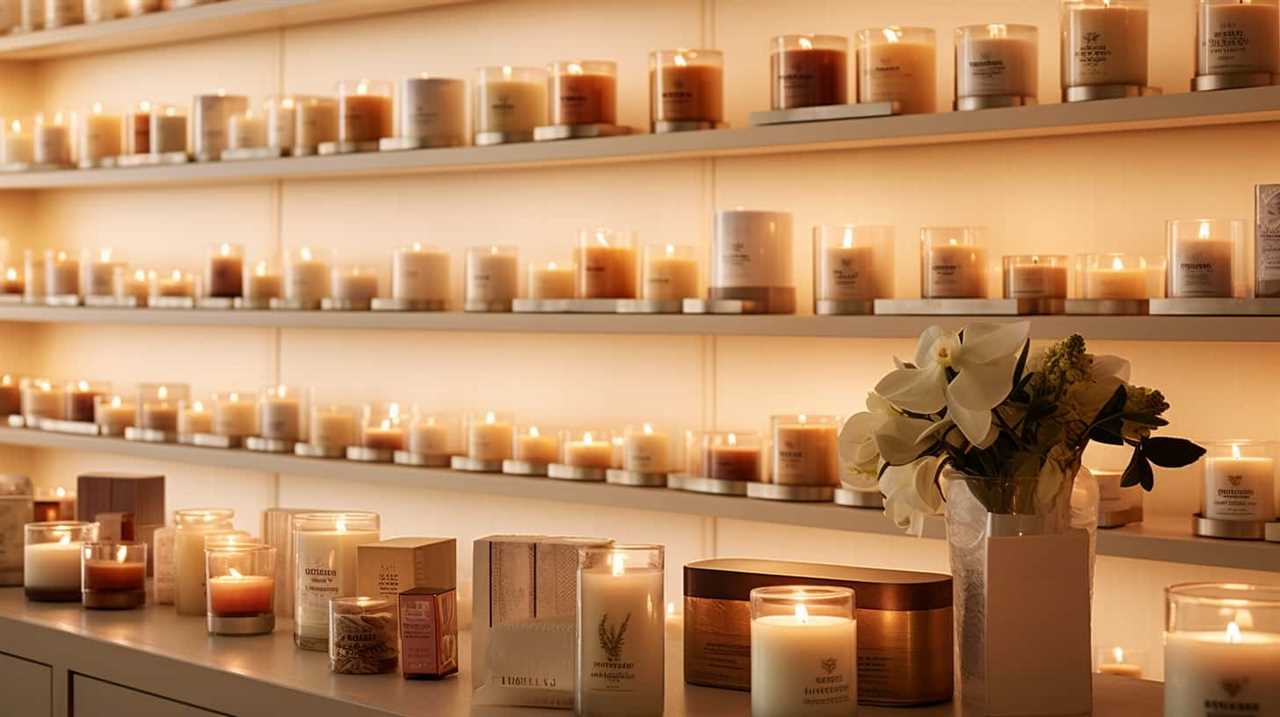
Additionally, consider using unique sand candle molds to add a touch of whimsy or elegance to your candles. From seashells and starfish molds for a beach-themed candle to intricate geometric molds for a modern touch, there are countless options to choose from.
Don’t be afraid to experiment and let your creativity shine through in your customized sand candles.
Frequently Asked Questions
Can Sand Candles Be Used as Functional Candles or Are They Just Decorative?
Sand candles can be used as functional candles, providing a unique and decorative touch to any space. Beginners can learn various techniques to make them, and there are countless creative ways to decorate these beautiful creations.
Are There Any Safety Precautions That Need to Be Taken When Making Sand Candles?
When making sand candles, it’s important to take safety precautions. Make sure to use heat-resistant gloves and goggles. Also, keep a fire extinguisher nearby. The materials required include sand, wax, wicks, and a mold.
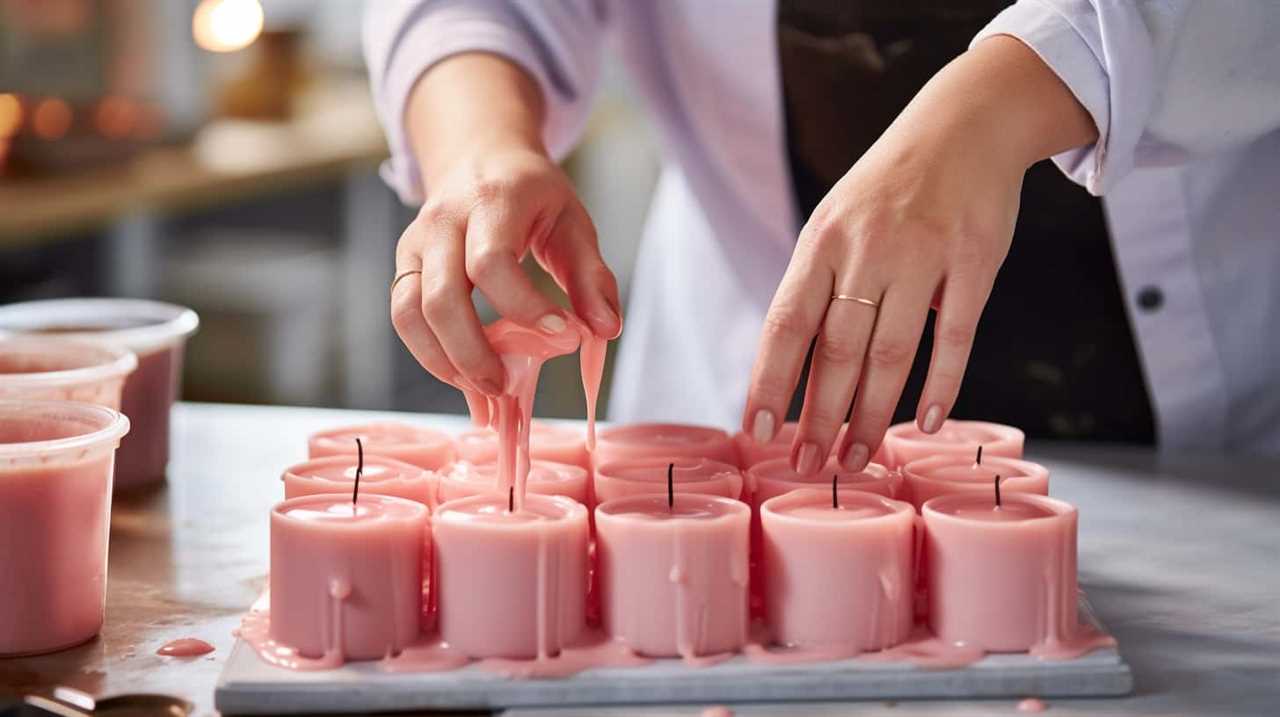
Can Any Type of Sand Be Used to Make Sand Candles or Are There Specific Types That Work Best?
Different types of sand are suitable for making sand candles. While sand from the beach can be used, it is important to remove any impurities or debris. Finer sands tend to work best for creating intricate designs and achieving a smoother finish.
How Long Does It Take for a Sand Candle to Fully Set and Harden?
It usually takes a sand candle a few hours to fully set and harden. To properly care for a sand candle, keep it in a cool, dry place. For added color and fragrance, mix in non-toxic dyes and essential oils.
Can Sand Candles Be Made in Different Shapes and Sizes or Are They Usually Limited to a Specific Form?
Sand candles can be molded into various shapes and sizes, allowing for creative expression. Different techniques, such as using molds or hand sculpting, can be employed to shape these unique candles. Additionally, there are countless ways to decorate them, making each one a work of art.
Conclusion
As the sun sets and the gentle waves crash against the shore, the flickering glow of a sand candle illuminates the beach.
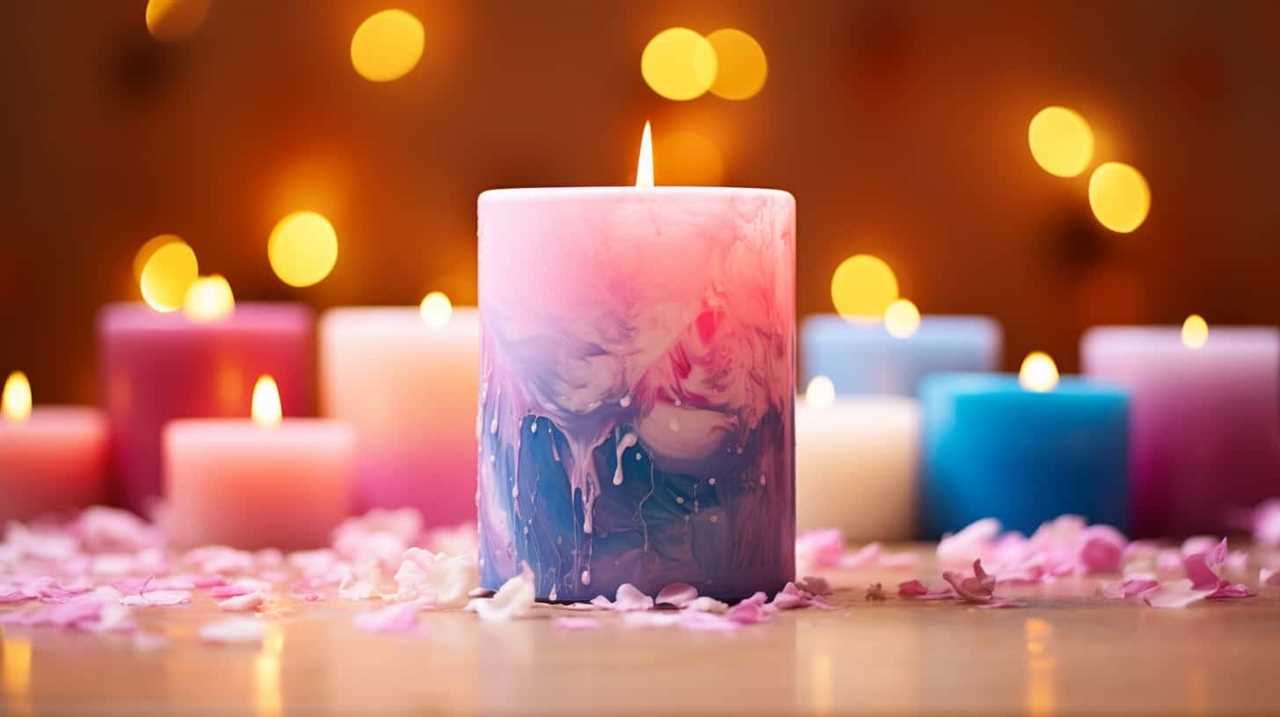
The intricate patterns and vibrant colors dance on the grains of sand, creating a mesmerizing sight.
Crafting a sand candle is an art form that allows you to express your creativity and capture the beauty of the beach.
So, grab some sand, wax, and a sense of adventure, and let your imagination soar as you create your own unique sand candles.
I’m Jane and I love candles. I have candles everywhere in my house–in every room, on every surface. I love the smell of candles, and I love how they make my place feel warm and cozy.
Candles are really important to me. They help me relax and de-stress after a long day. They remind me of happy memories, and they make me feel calm and peaceful. I can’t imagine my life without candles!
-
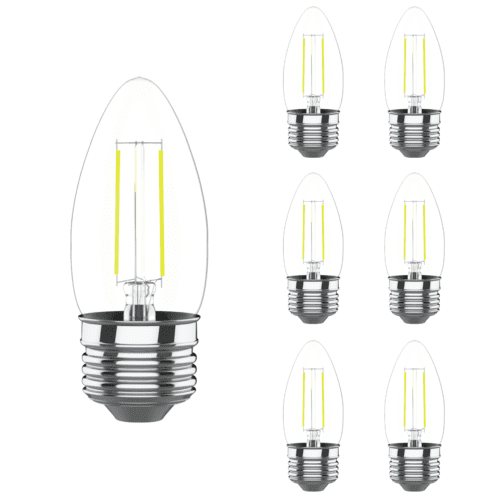
 Beginners Guides1 week ago
Beginners Guides1 week agoThe Similarities of Candle and Light Bulb Lamps
-

 Beginners Guides7 days ago
Beginners Guides7 days agoHow to Determine If Candles Will Melt Outside
-

 Beginners Guides3 months ago
Beginners Guides3 months agoHow To Burn A Candle Without A Wick
-
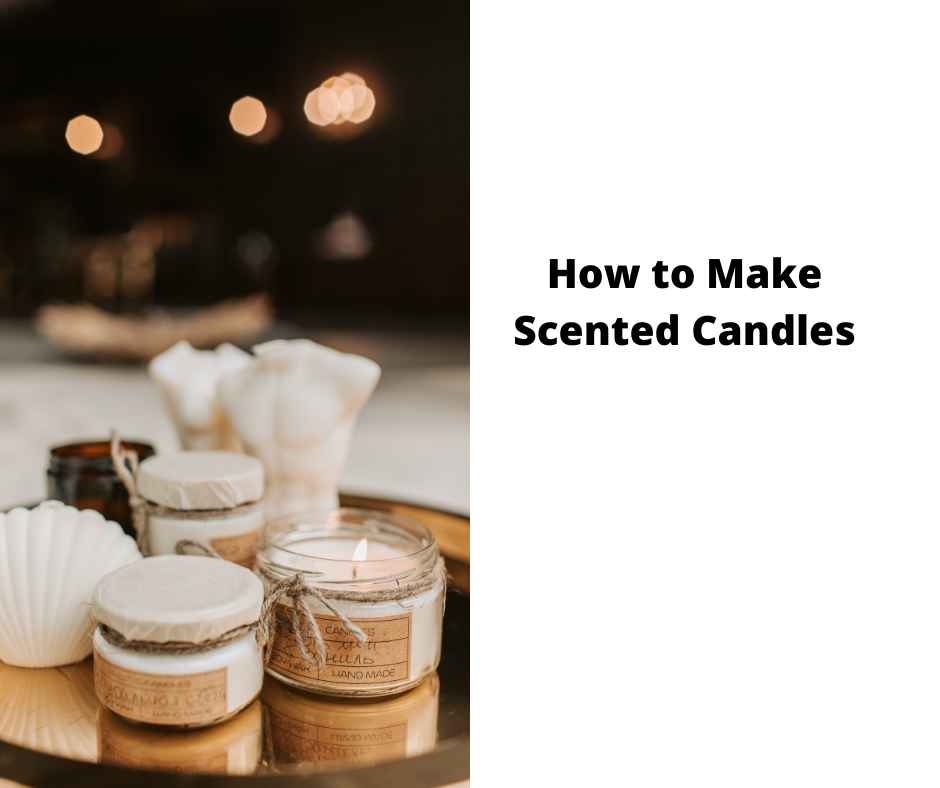
 Candles3 weeks ago
Candles3 weeks agoHow to Make Scented Candles
-

 Beginners Guides3 weeks ago
Beginners Guides3 weeks agoAre Yankee Candles Vegan?
-
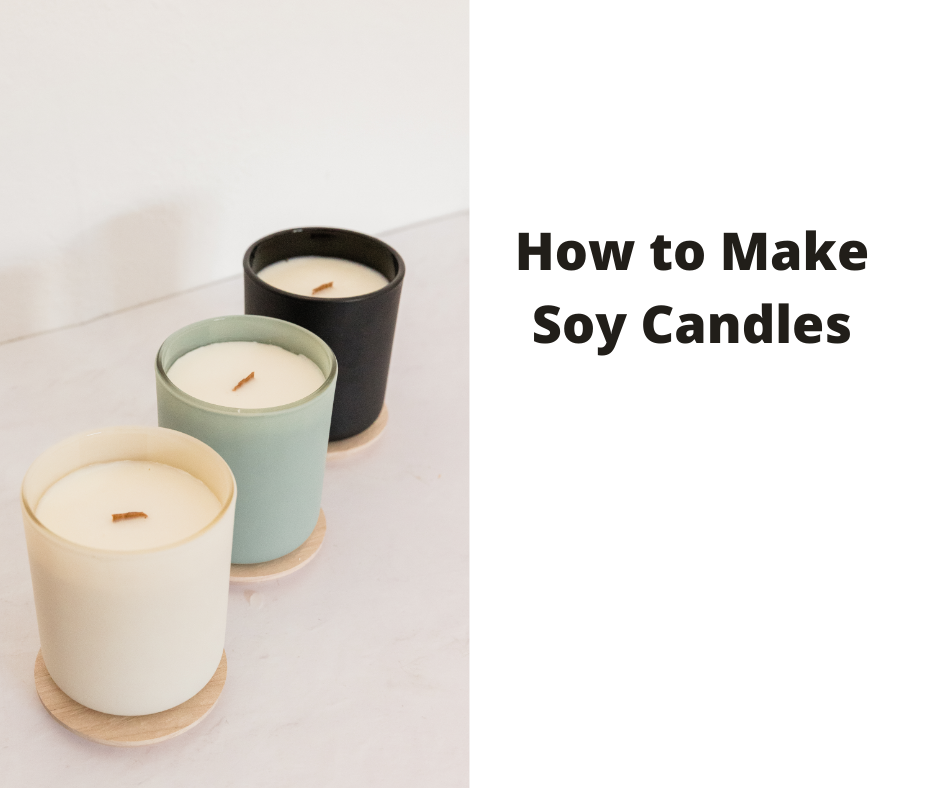
 Beginners Guides3 weeks ago
Beginners Guides3 weeks agoHow to Make Soy Candles
-

 Beginners Guides1 month ago
Beginners Guides1 month agoHow to Make Candles in 5 Easy Steps
-

 Beginners Guides1 week ago
Beginners Guides1 week agoWhy is My Candle Not Sticking to the Glass?
















